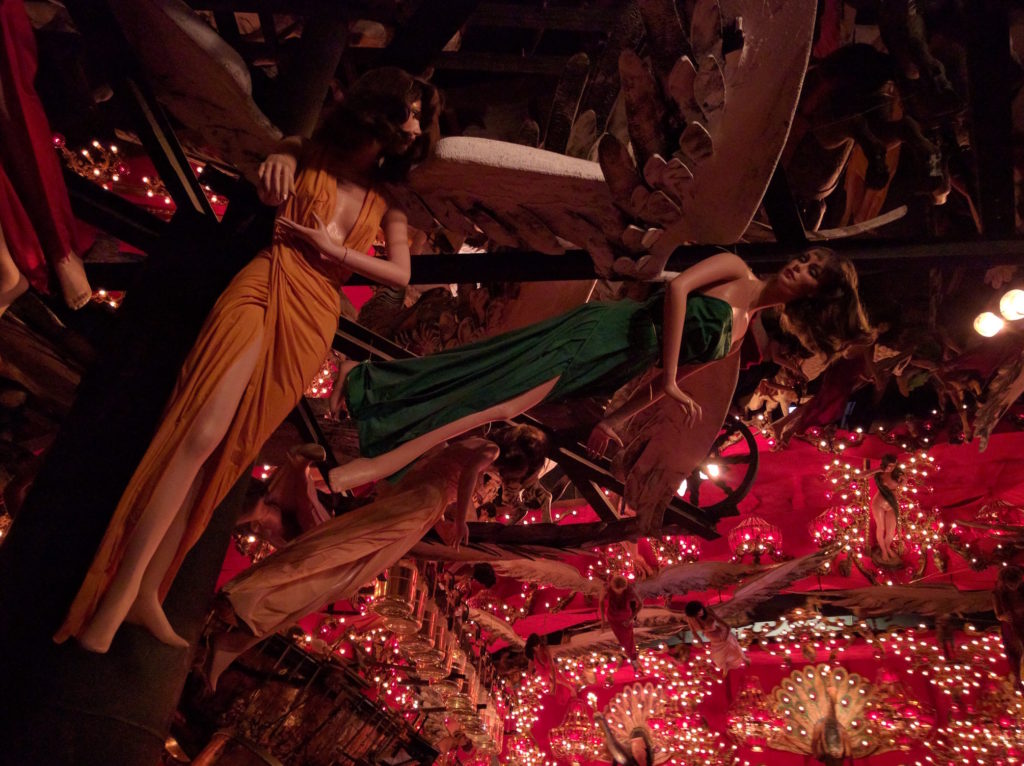


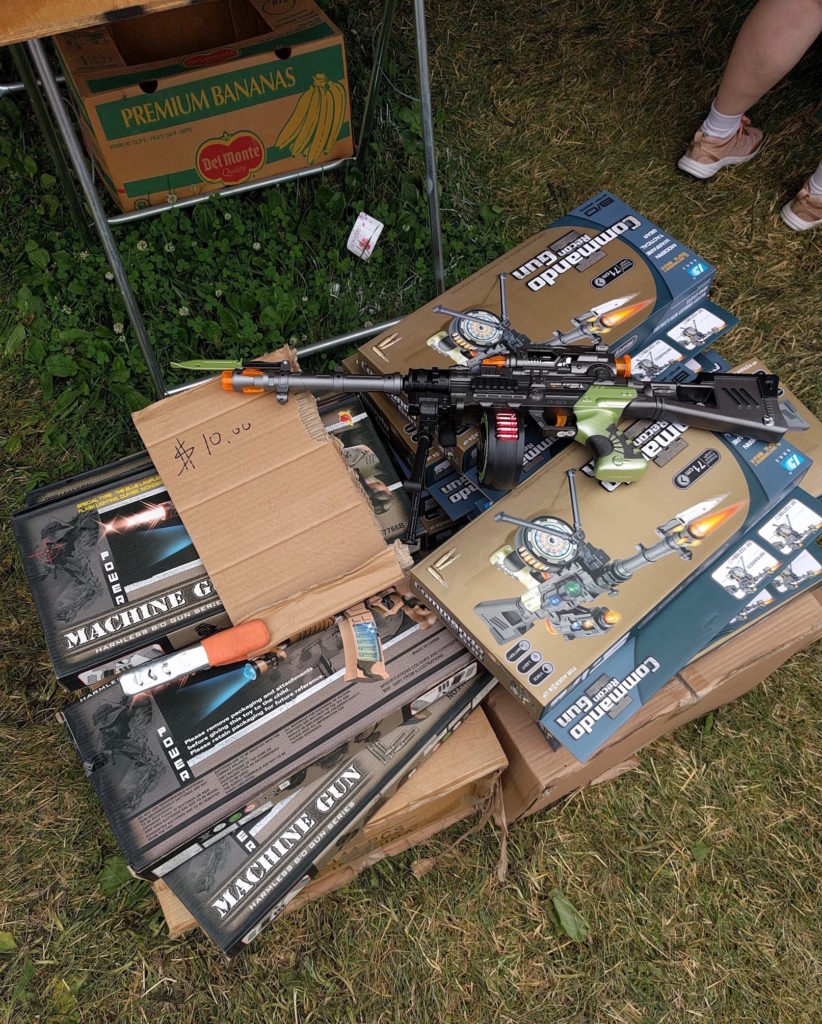

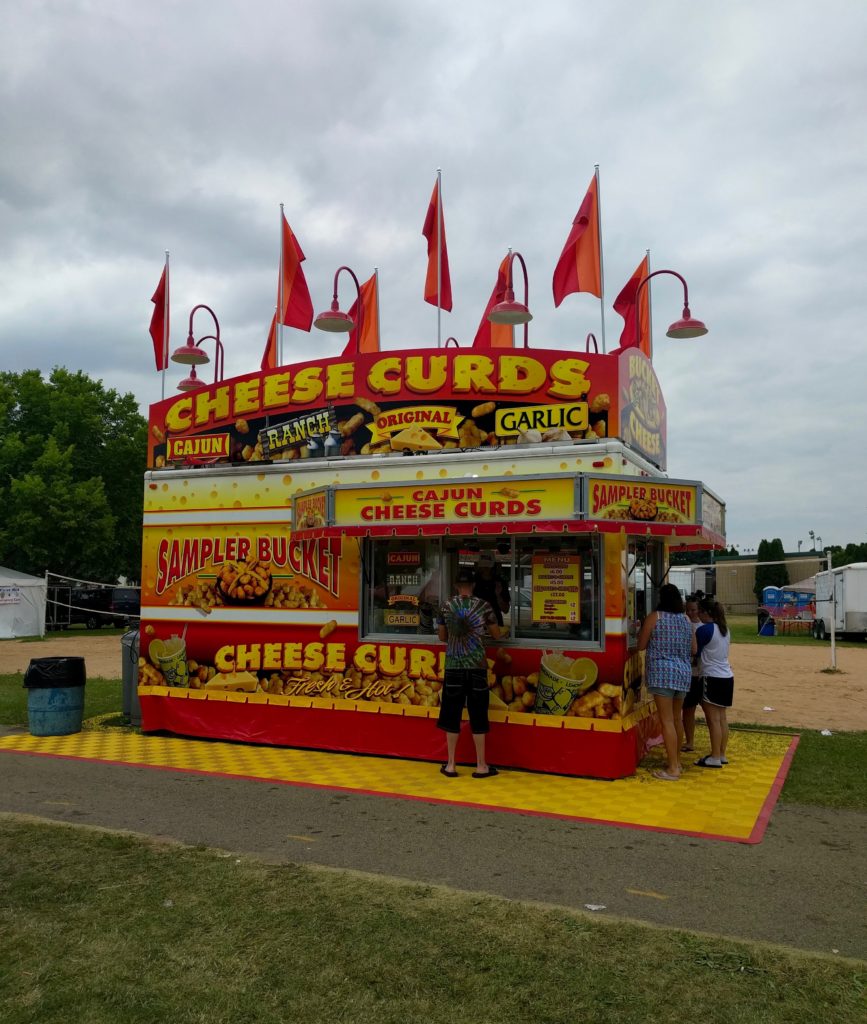



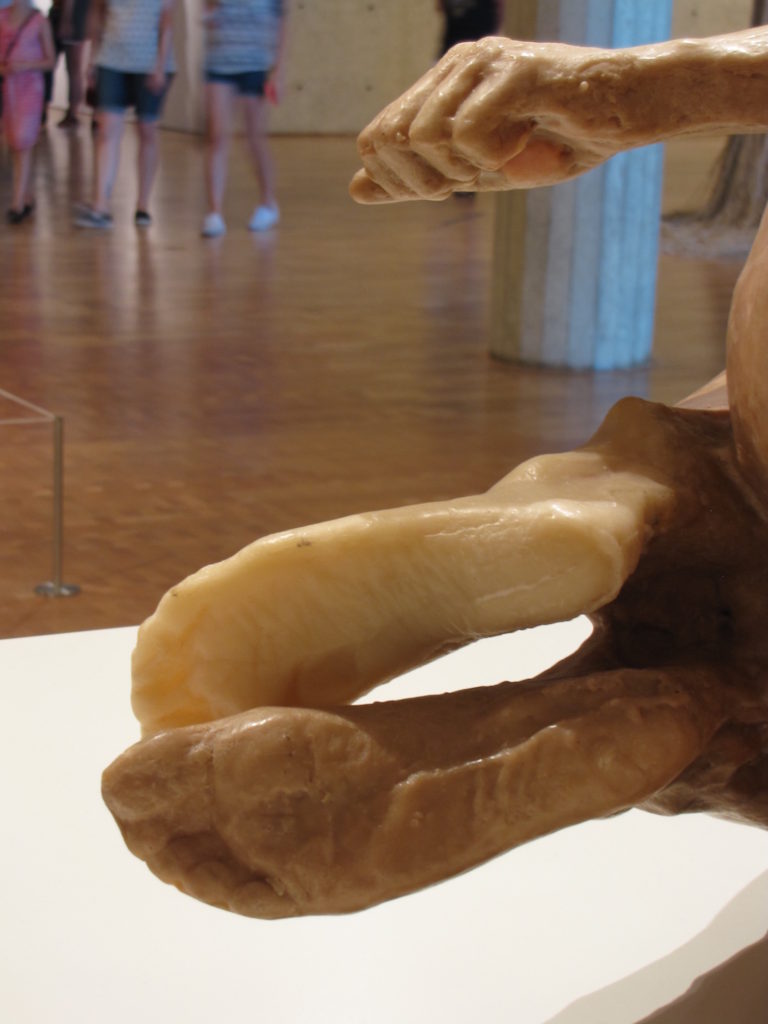
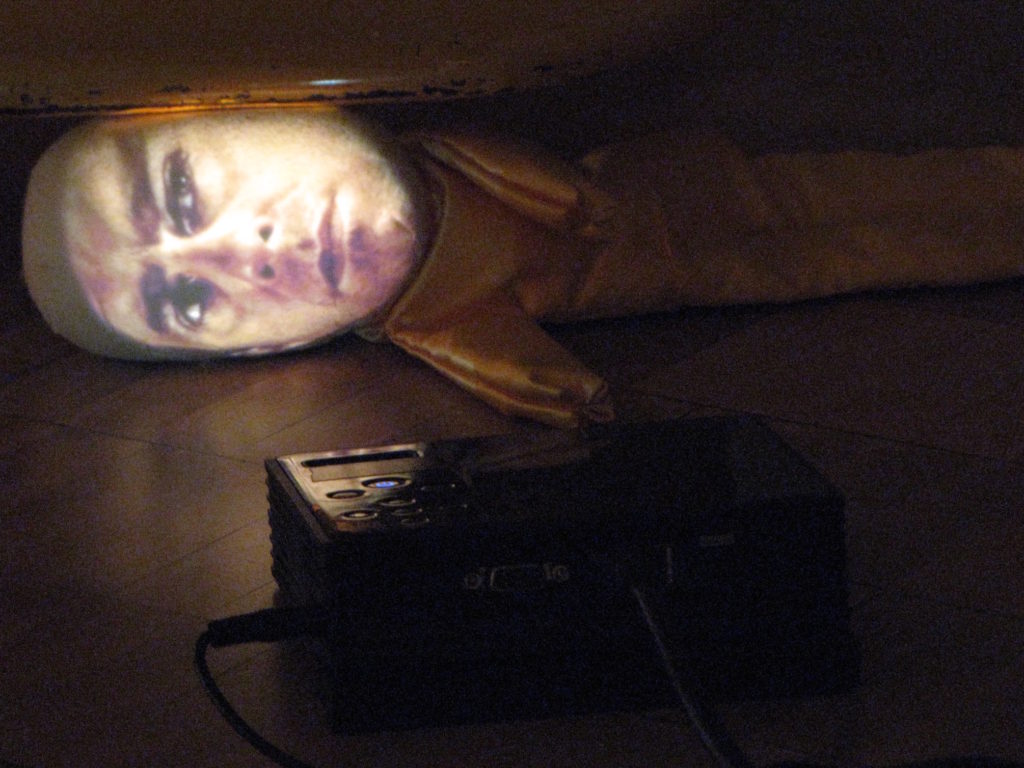

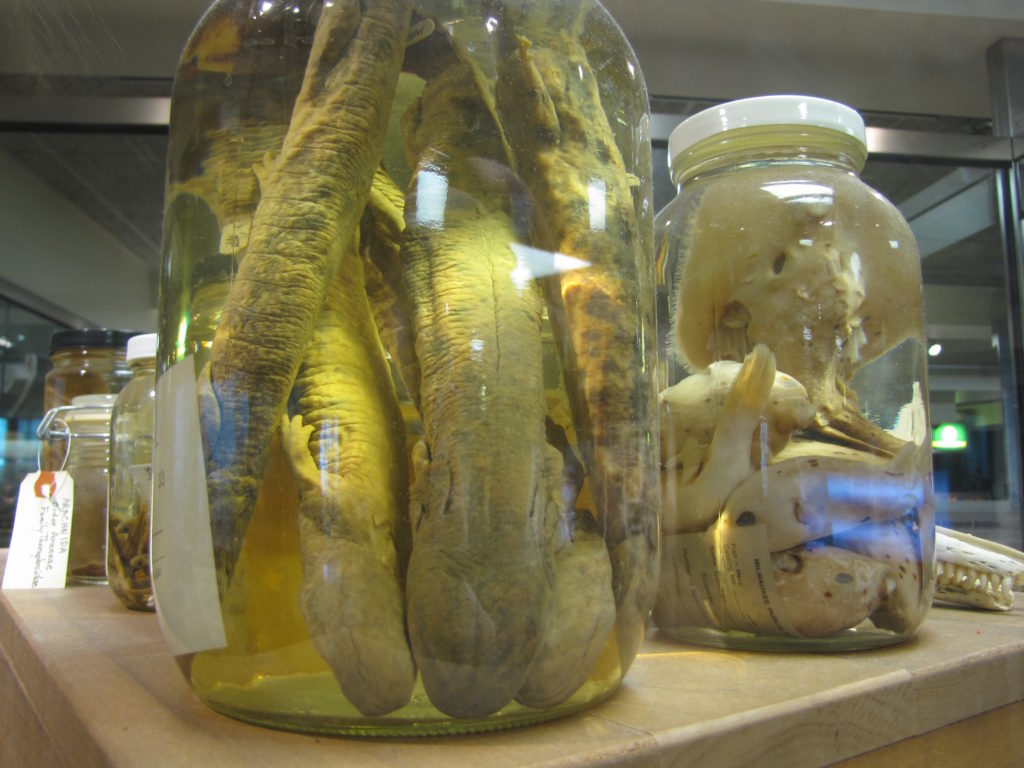
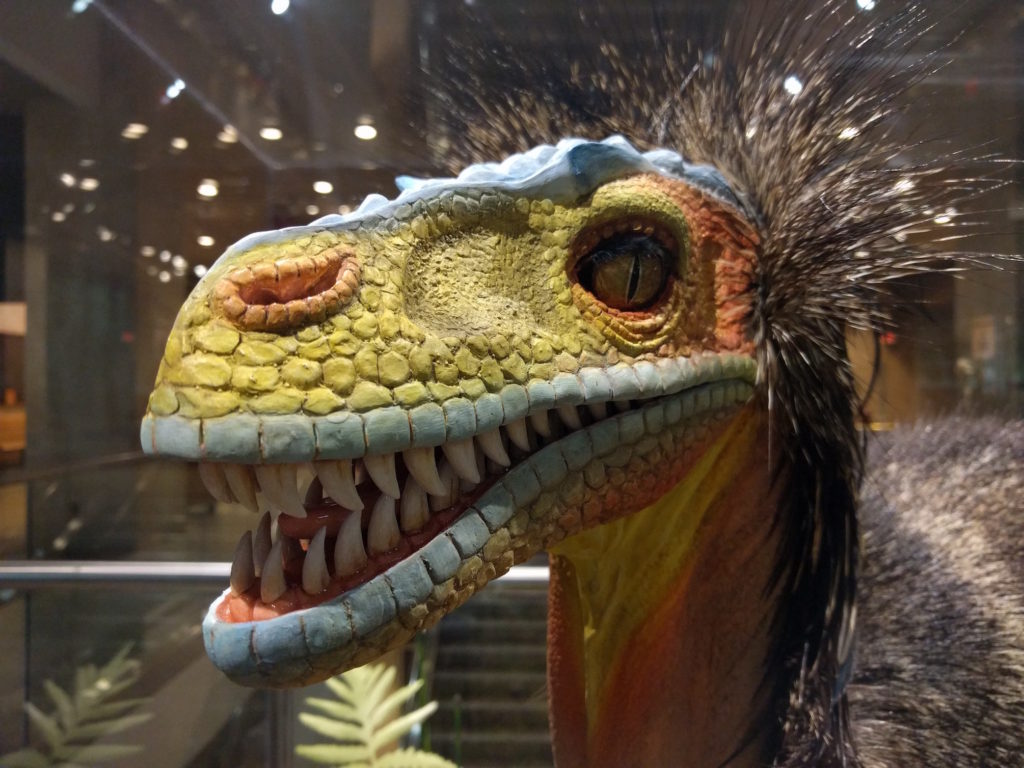

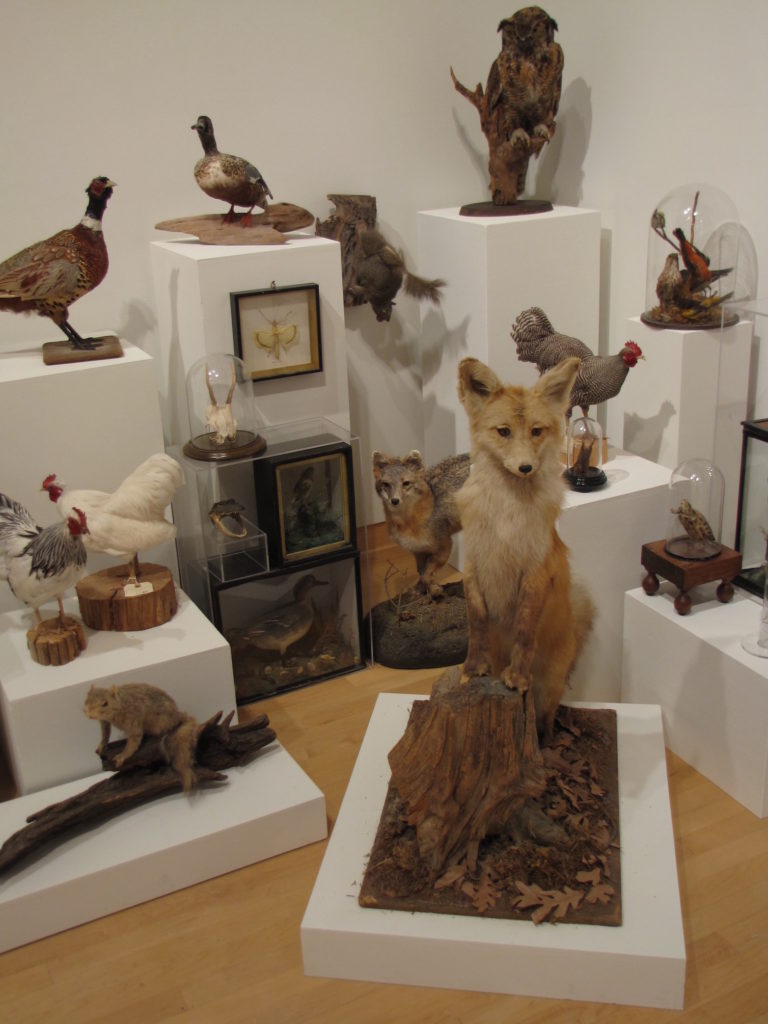
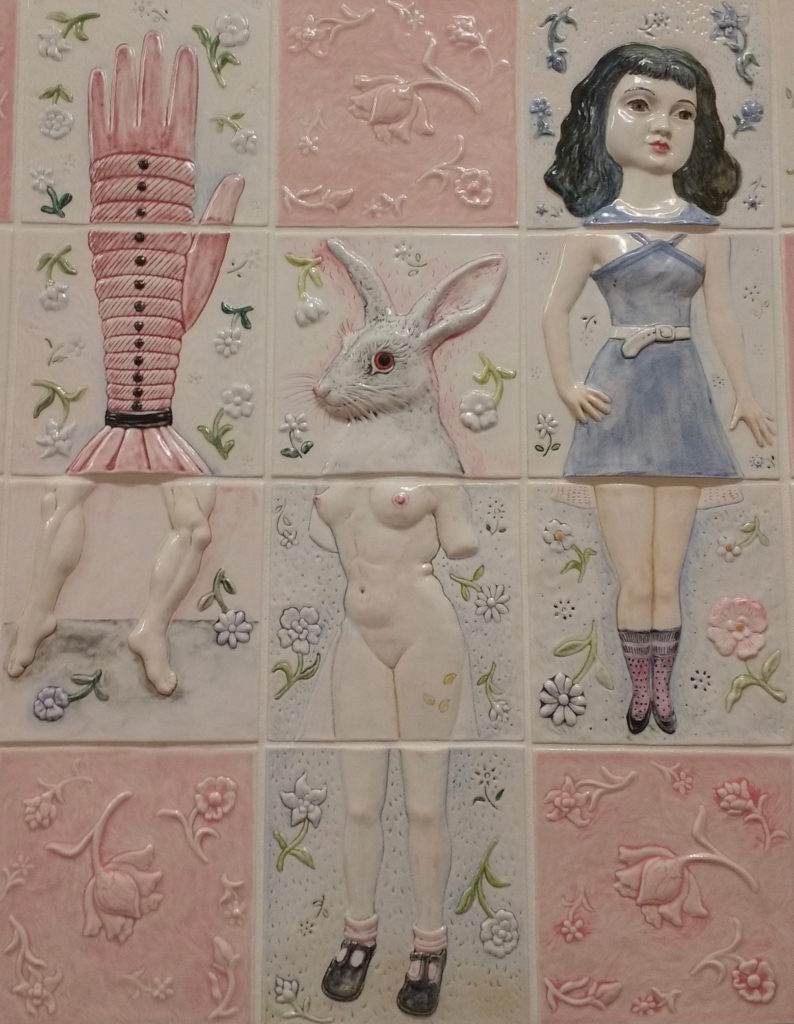
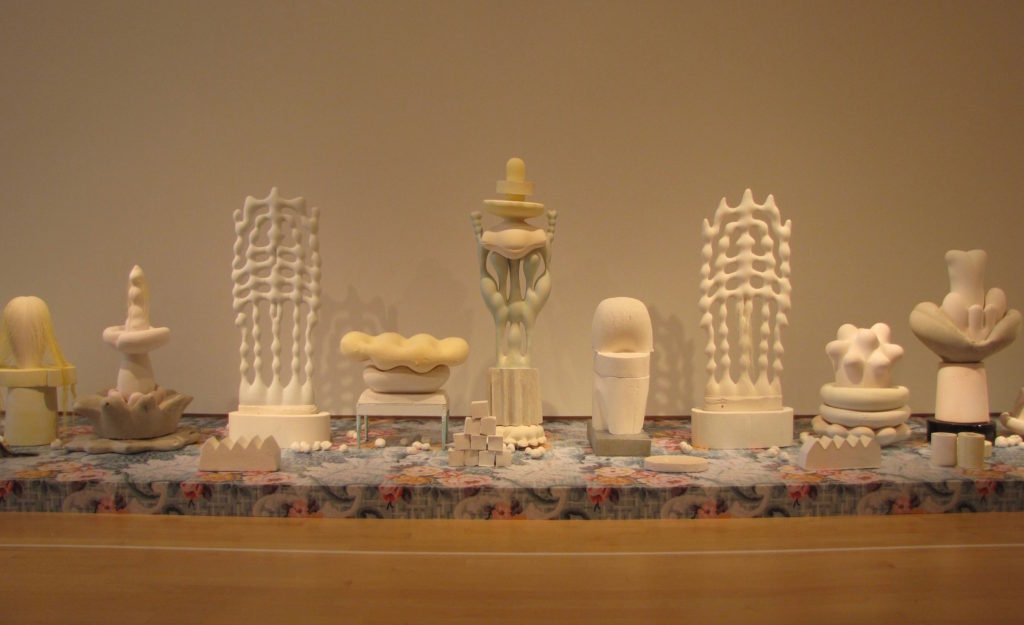

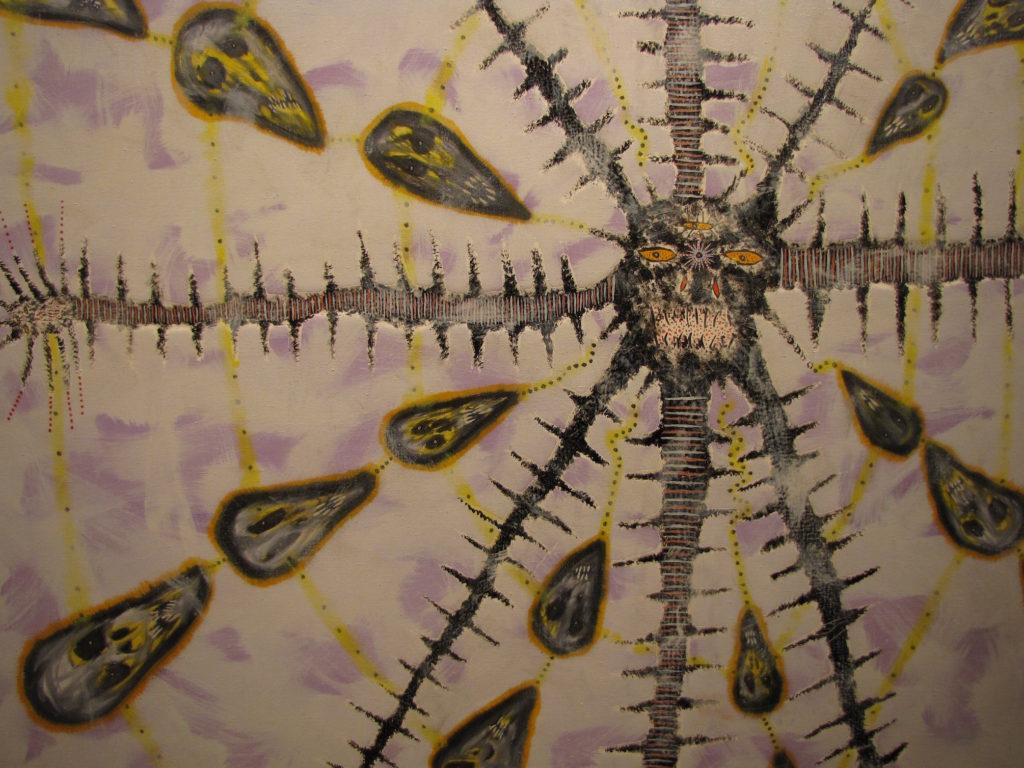
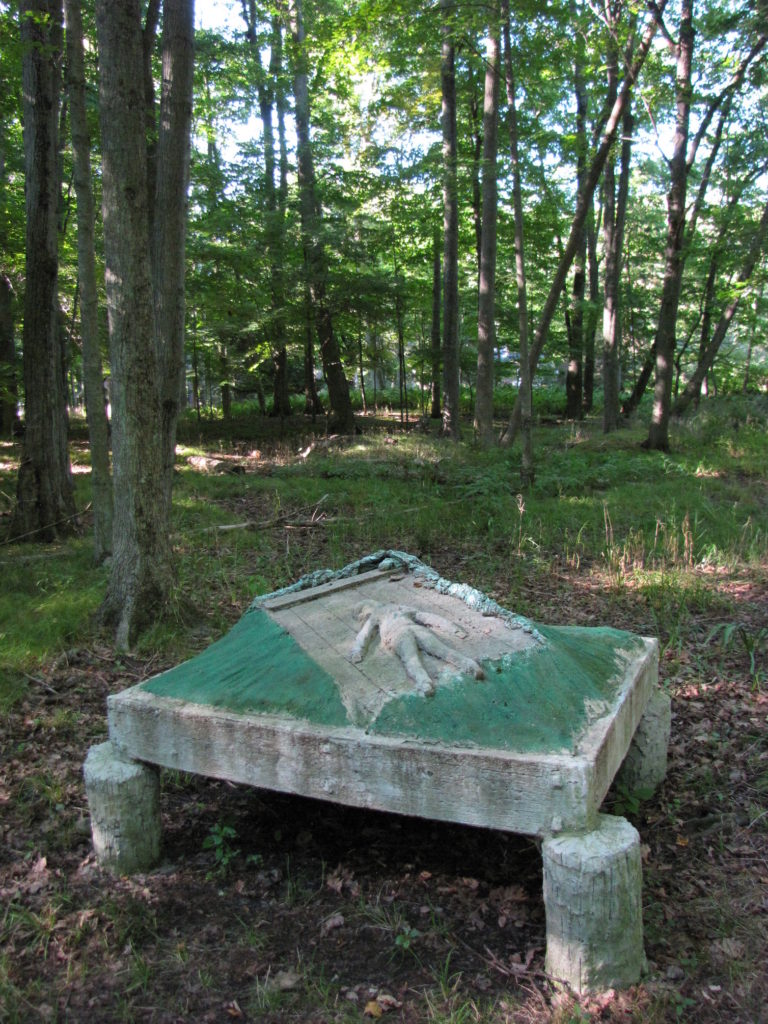




vegetarian in a leather jacket
art, travel, culture

























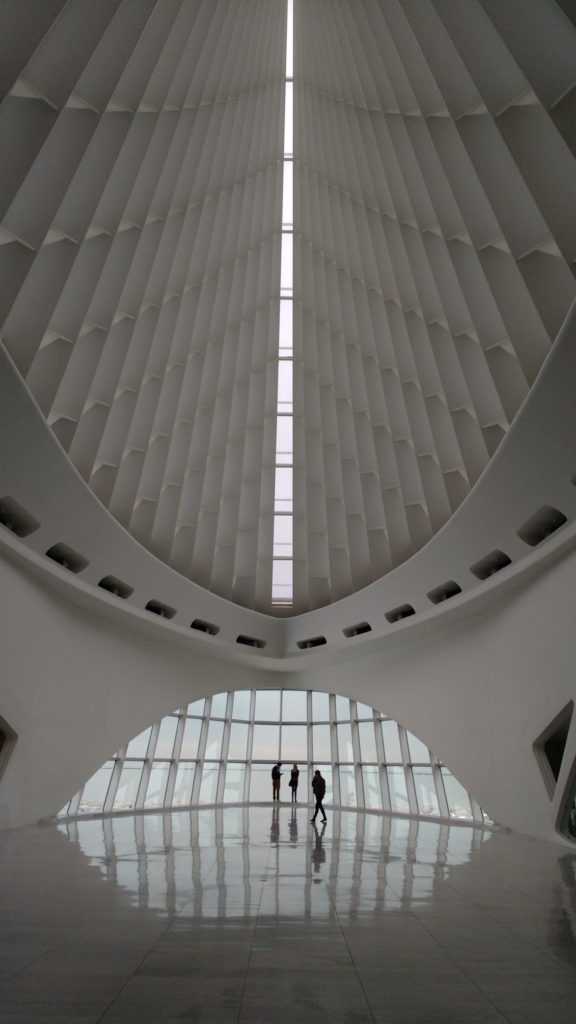

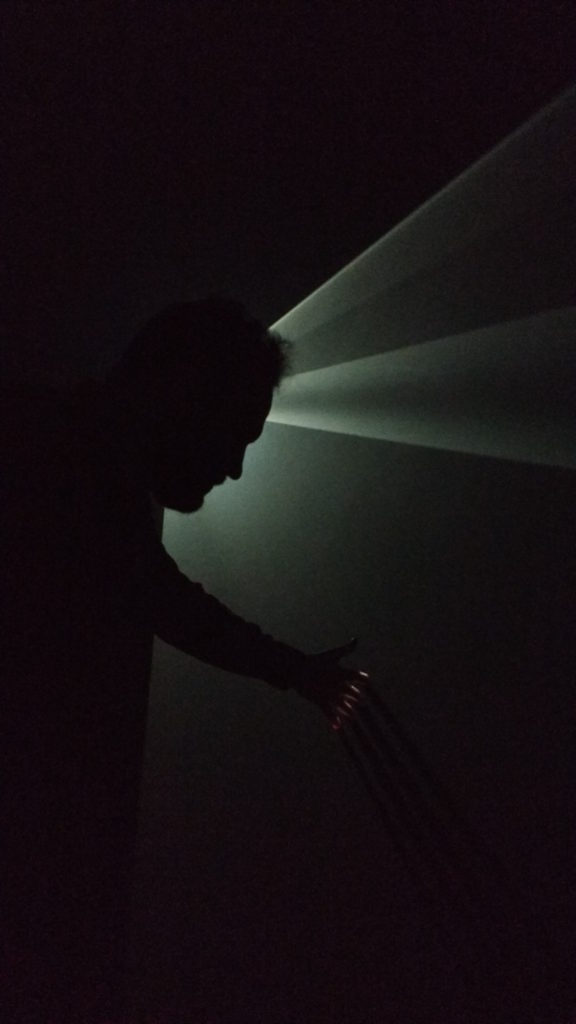



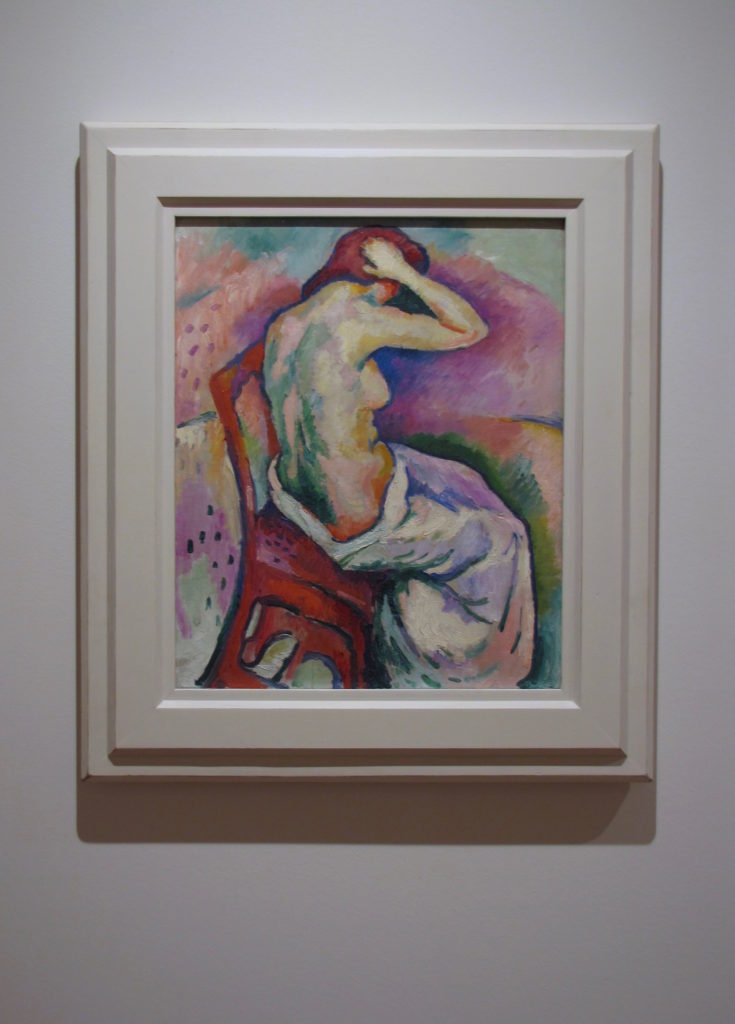
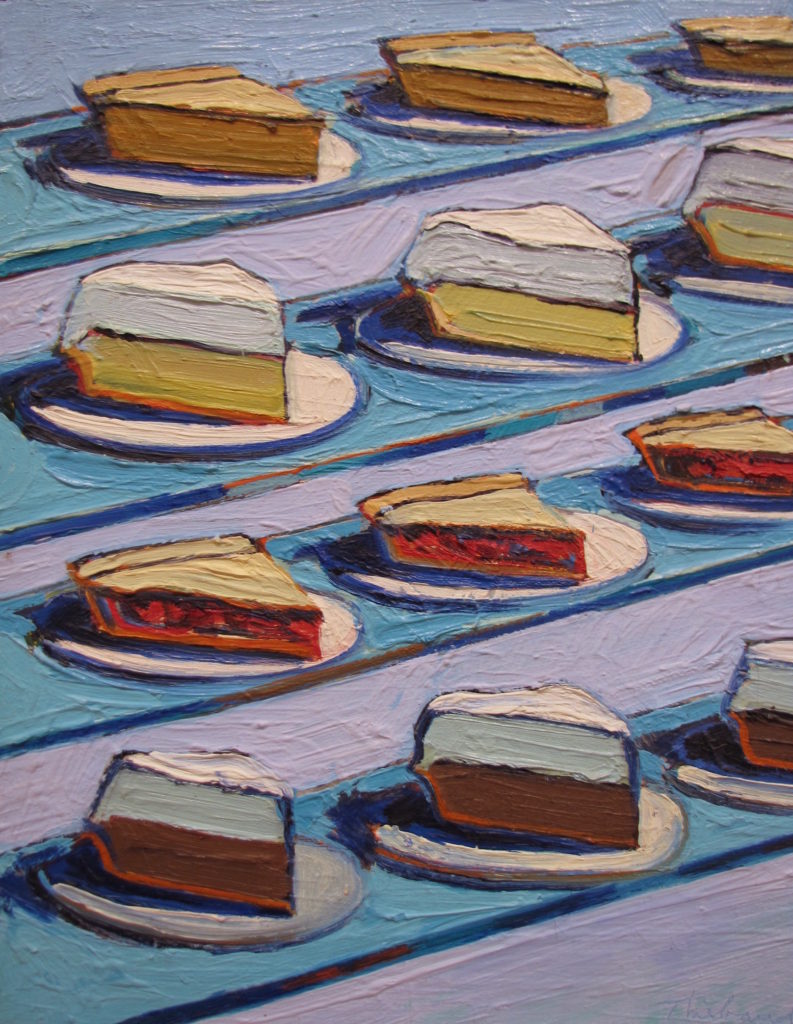
![Michelangelo Pistoletto, Ragazzo (Boy) [detail], 1965 and Andy Warhol, Untitled screenprints from the Mao Tse-Tung portfolio, 1972. Photo by Renée DeVoe Mertz, August 5, 2016. img_8341](https://www.vegetarianinaleatherjacket.com/wp-content/uploads/2016/09/IMG_8341-1024x768.jpg)
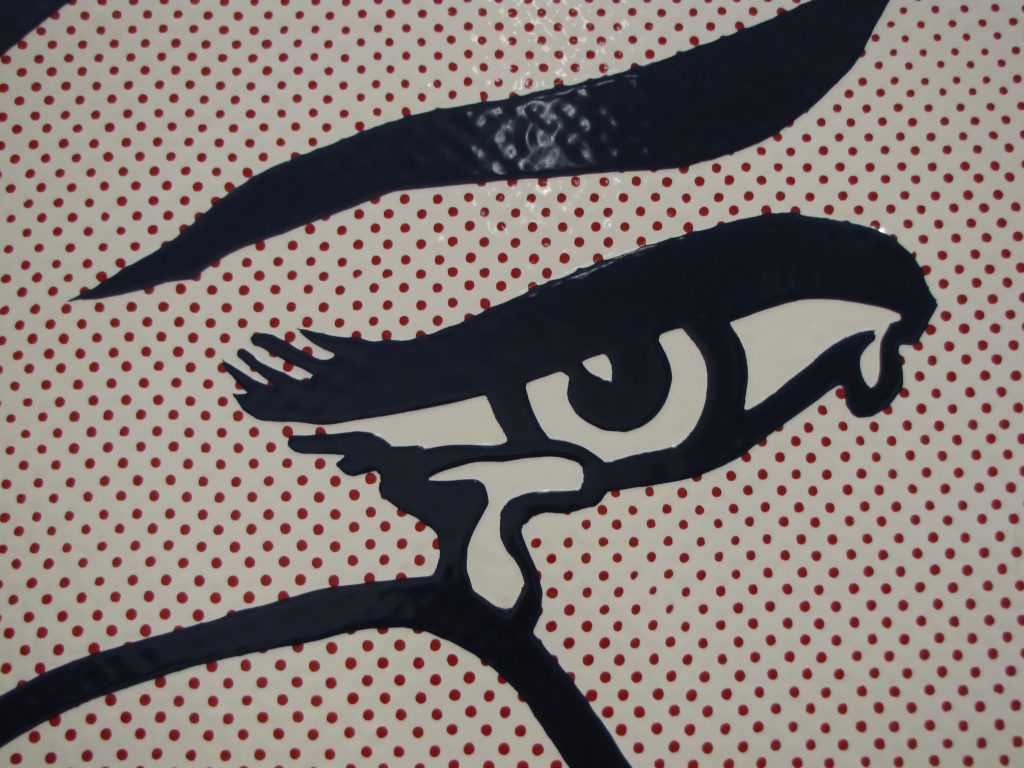
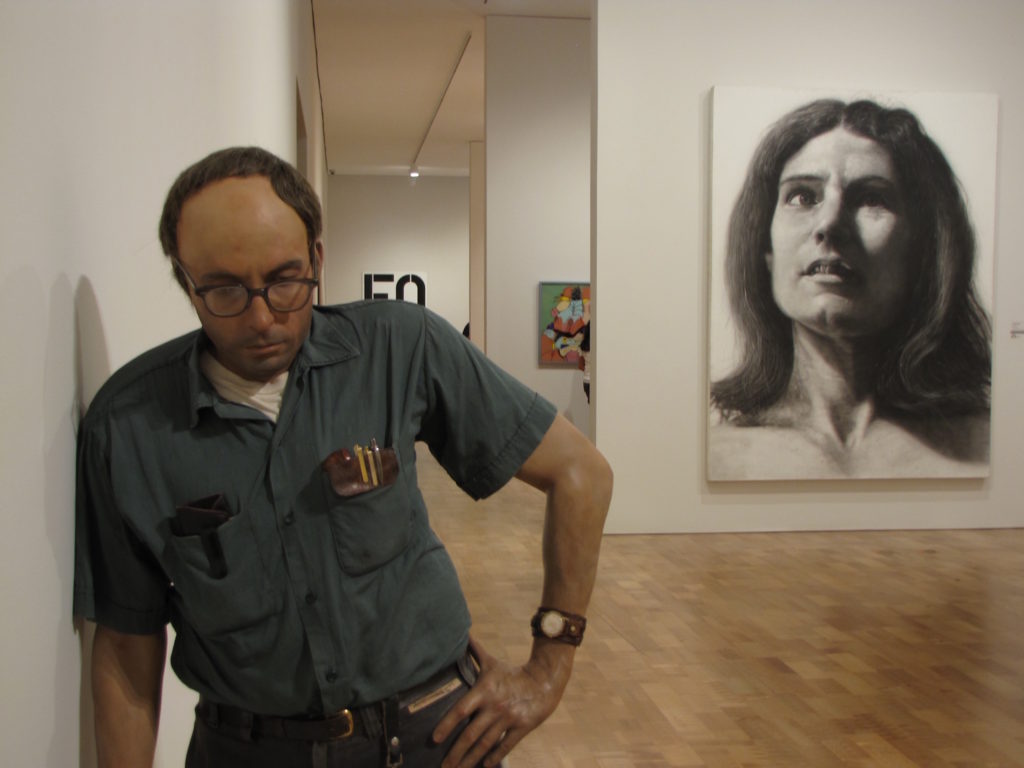

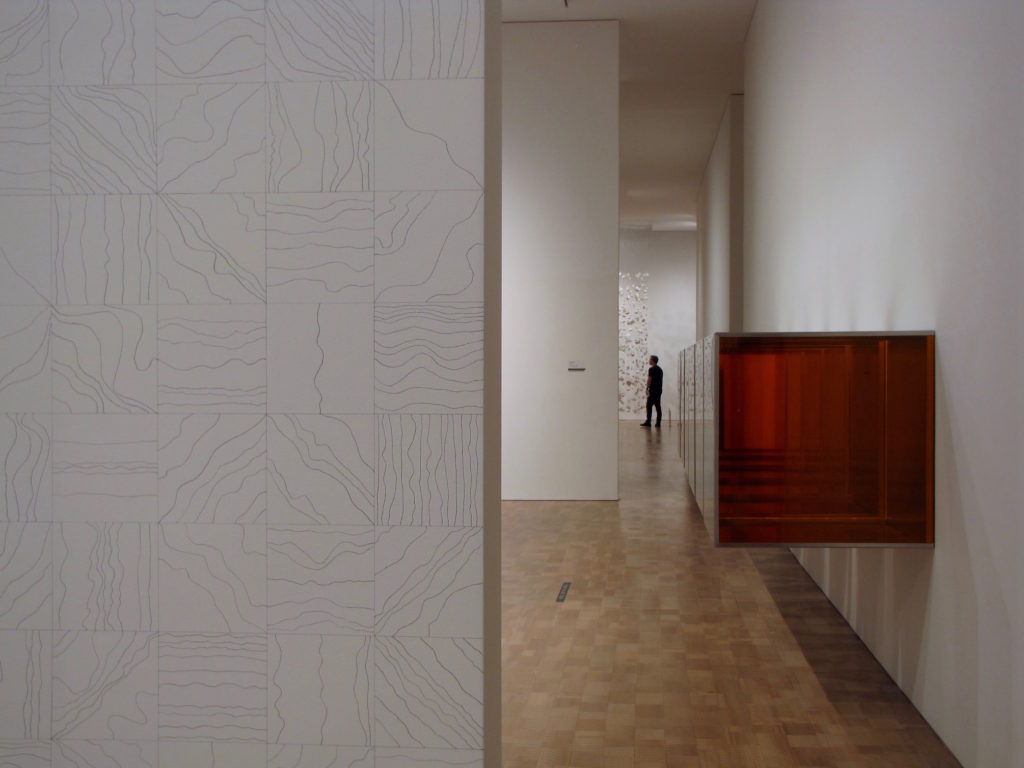




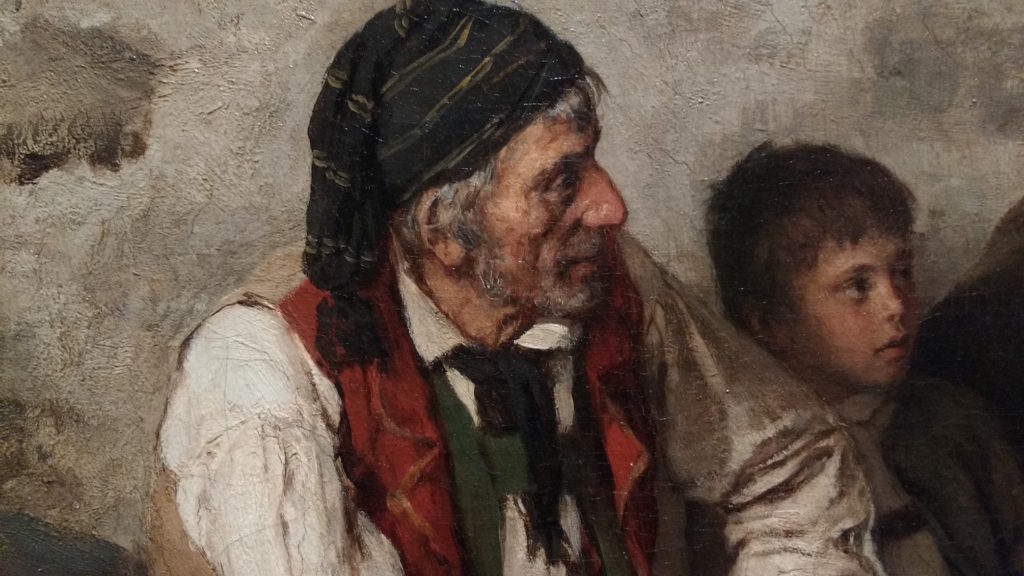





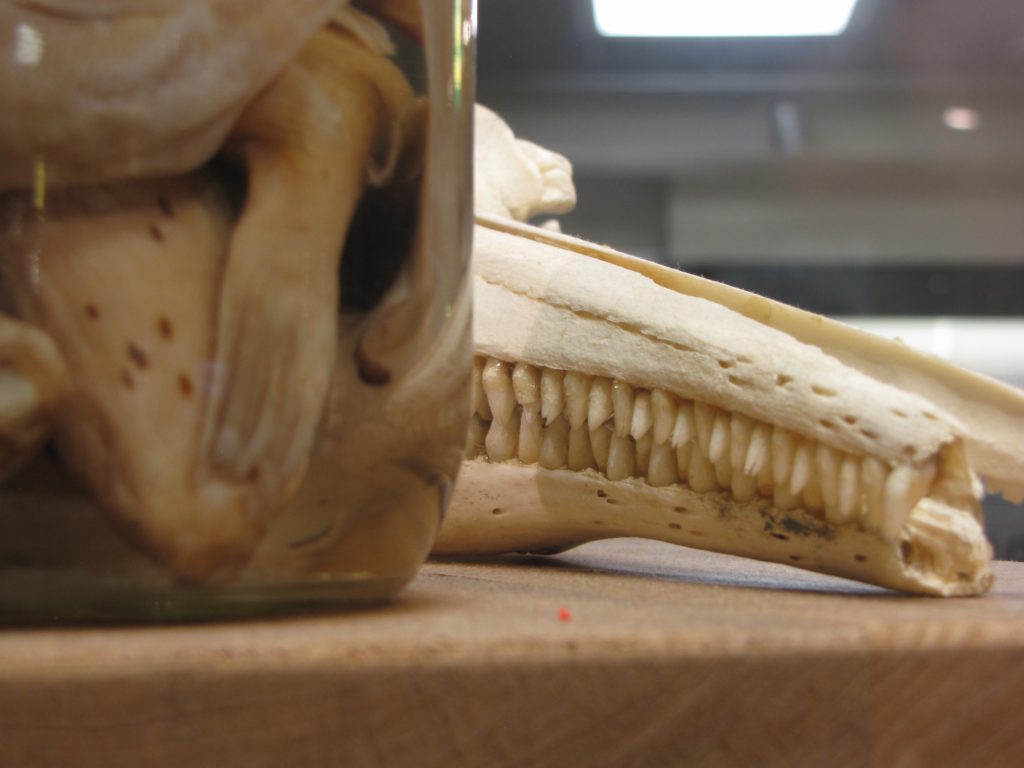
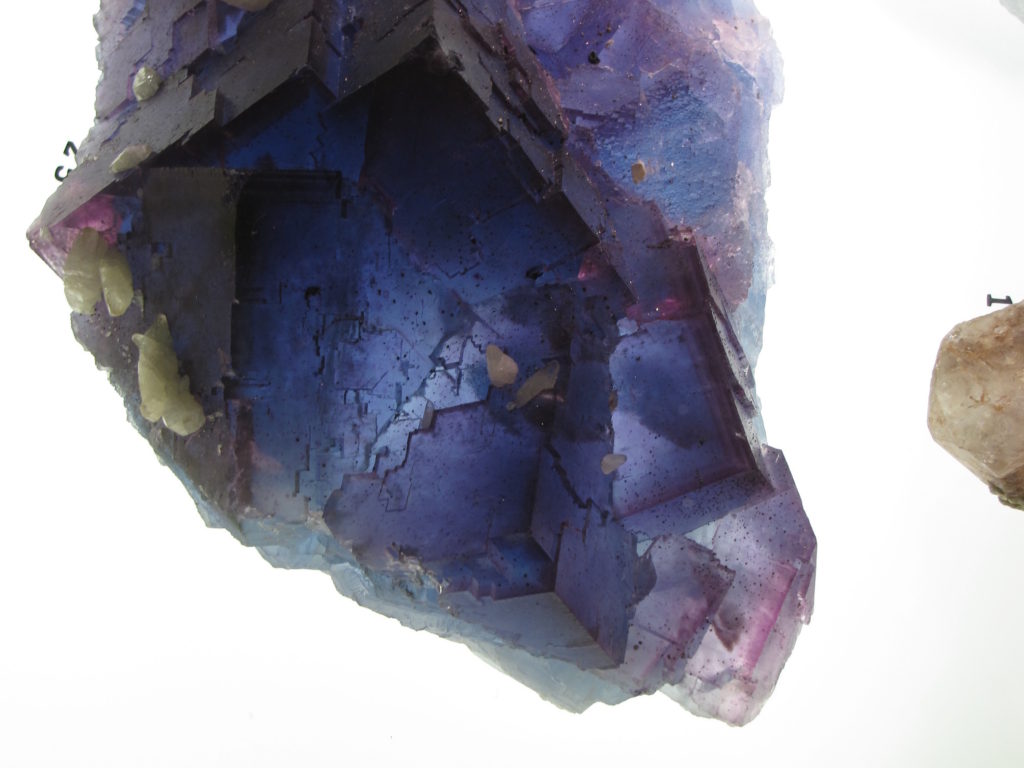
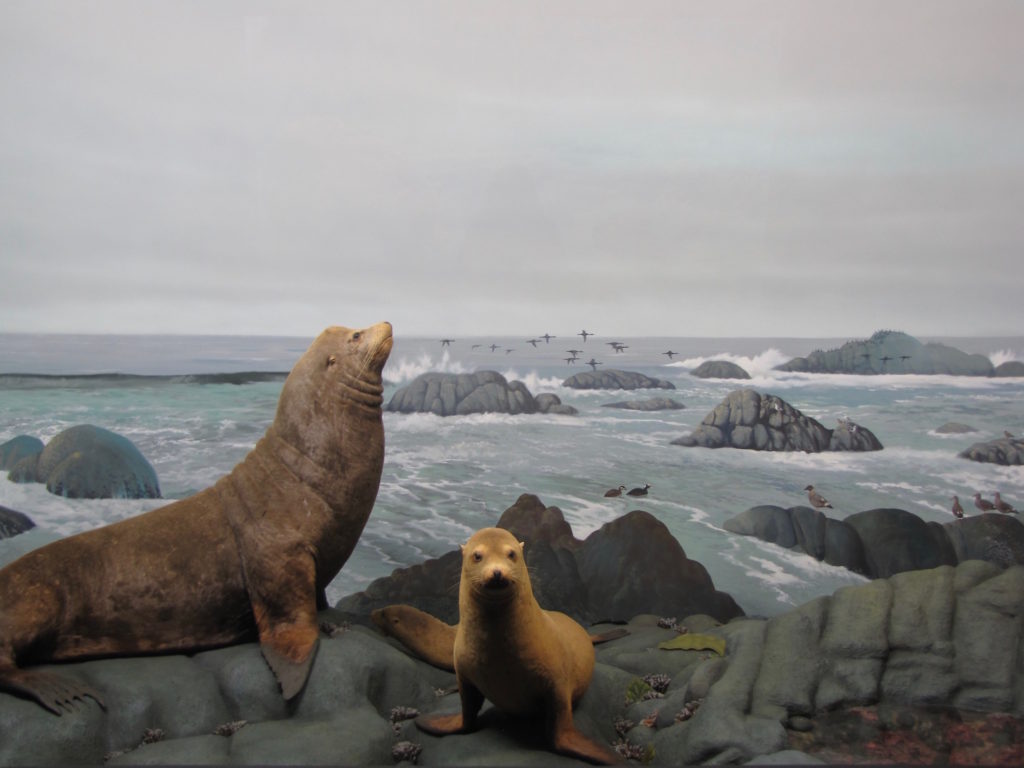
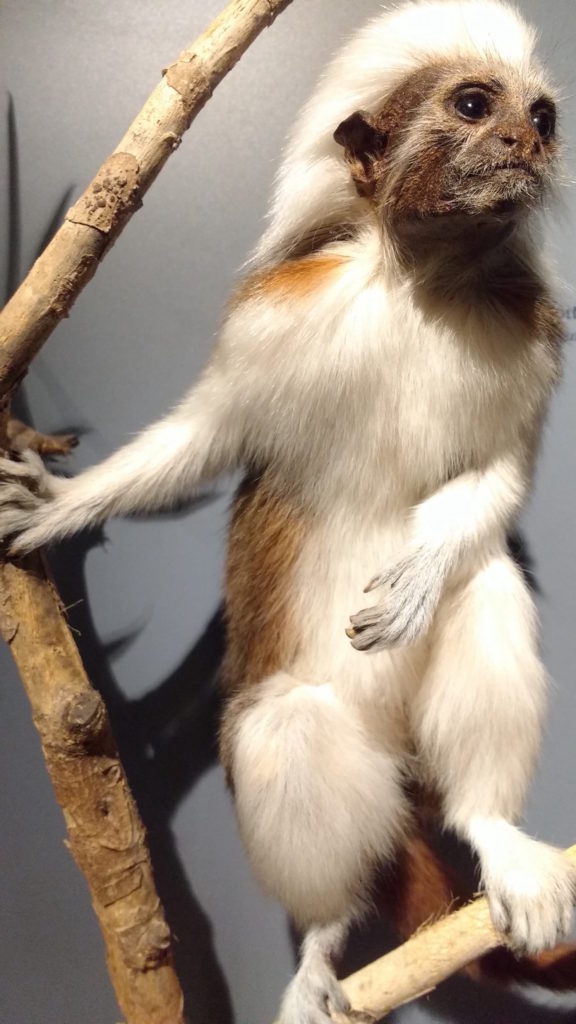




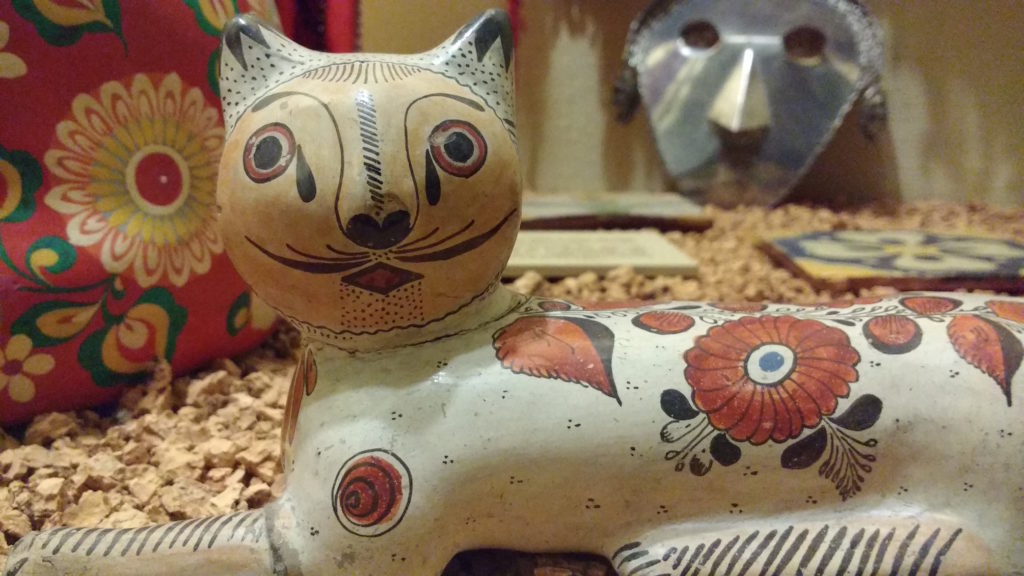
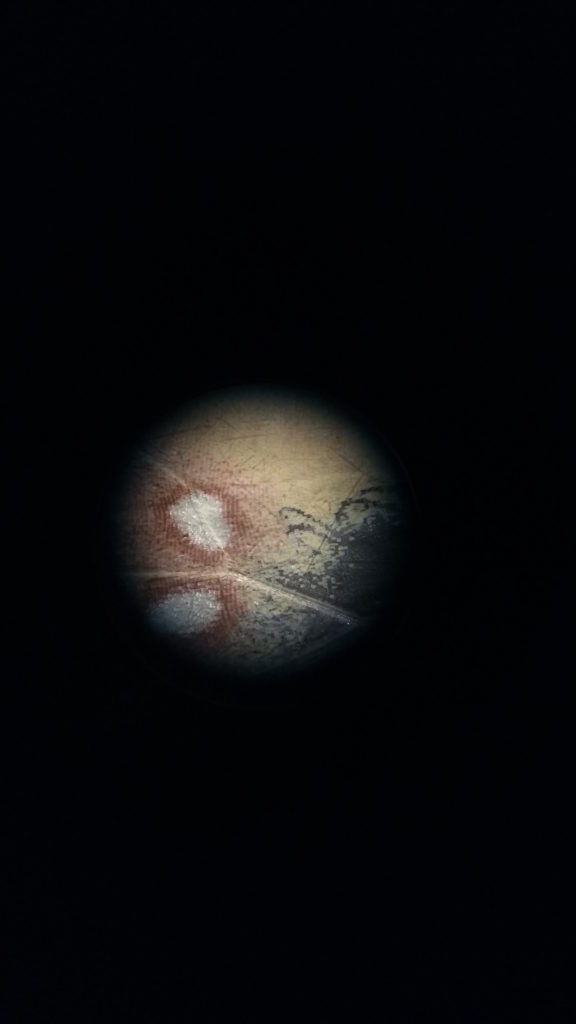



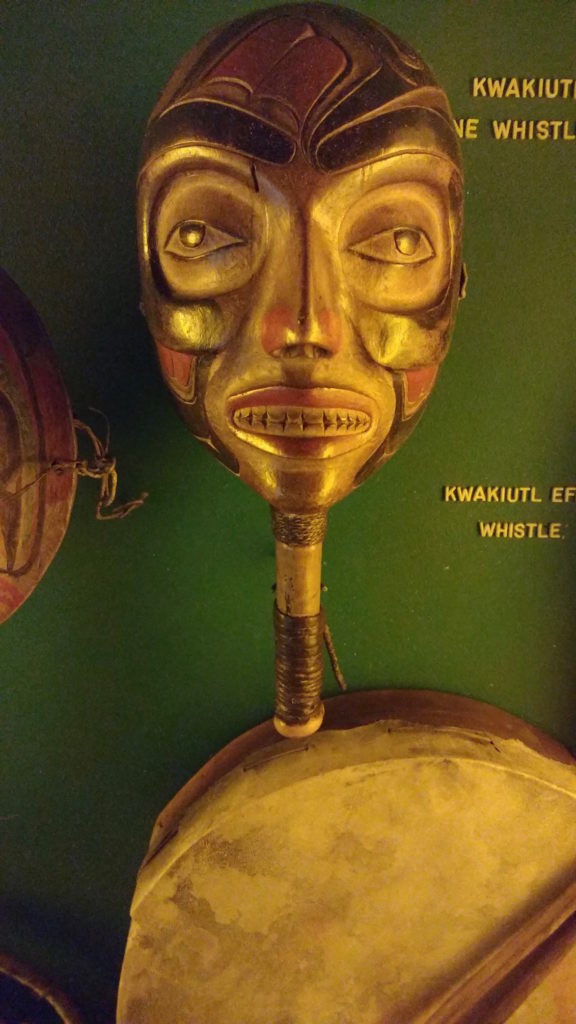
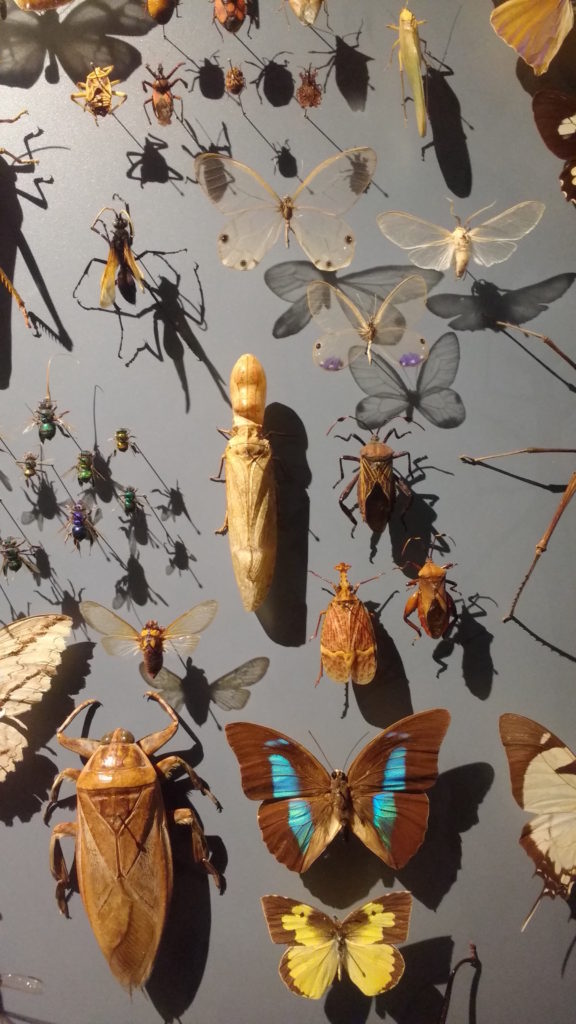
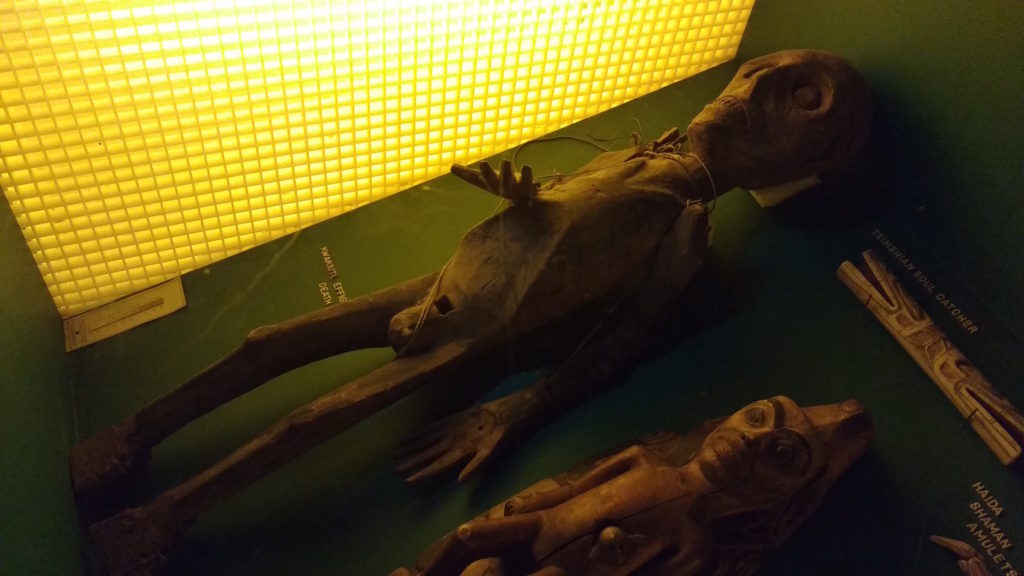
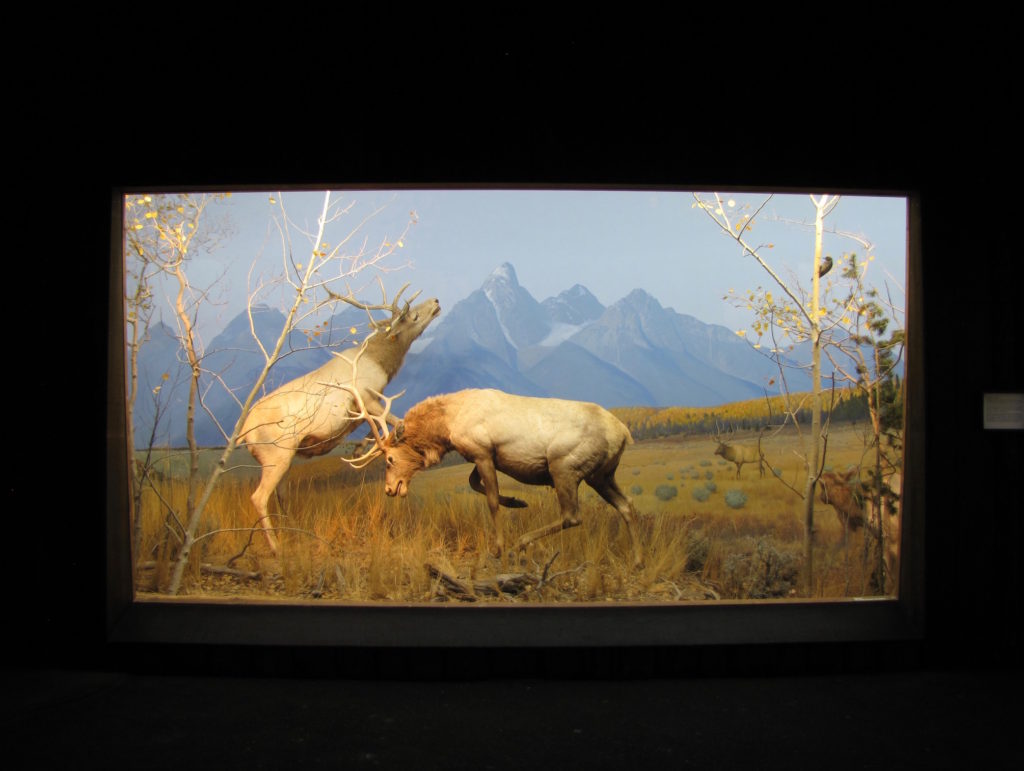



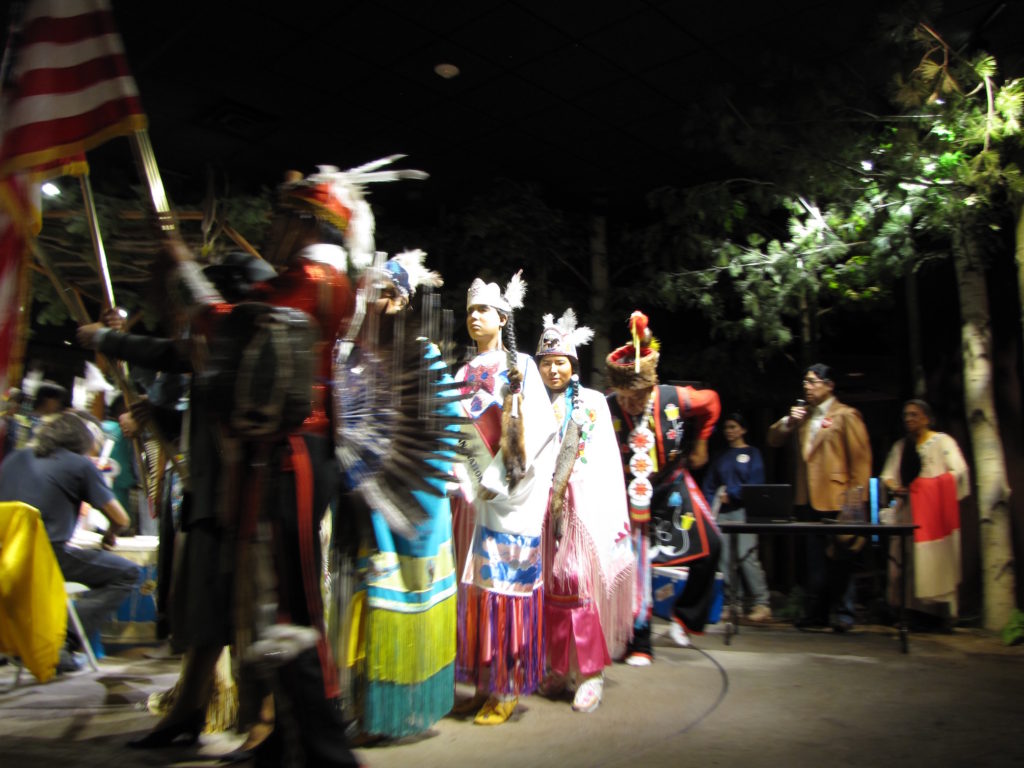


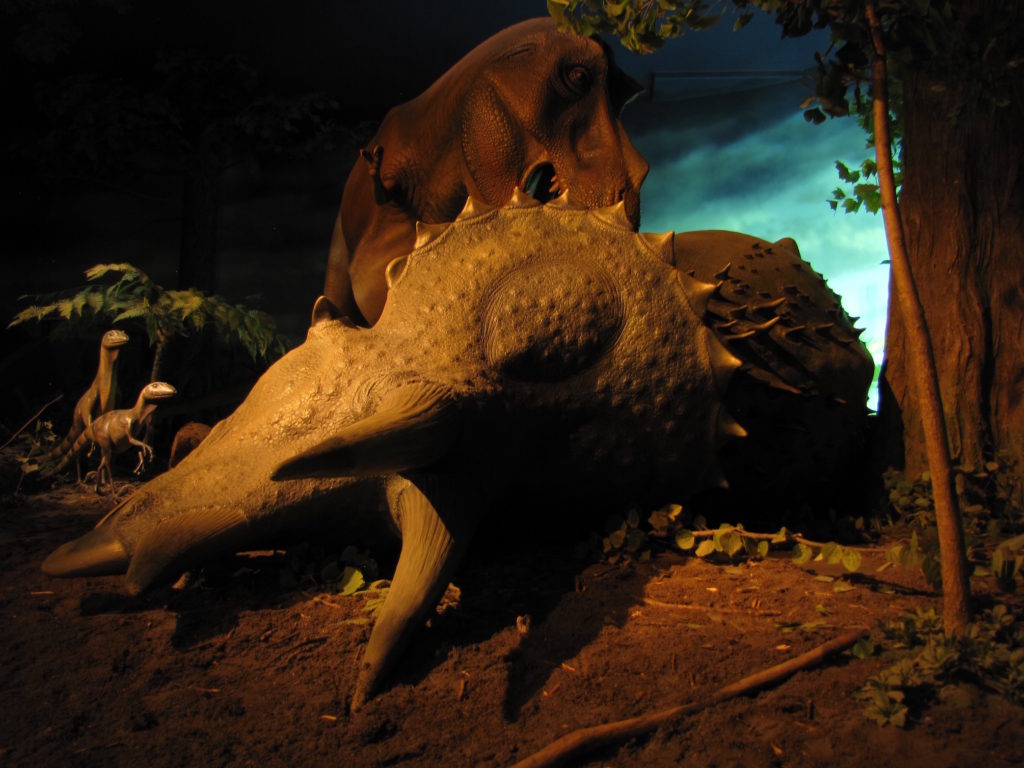
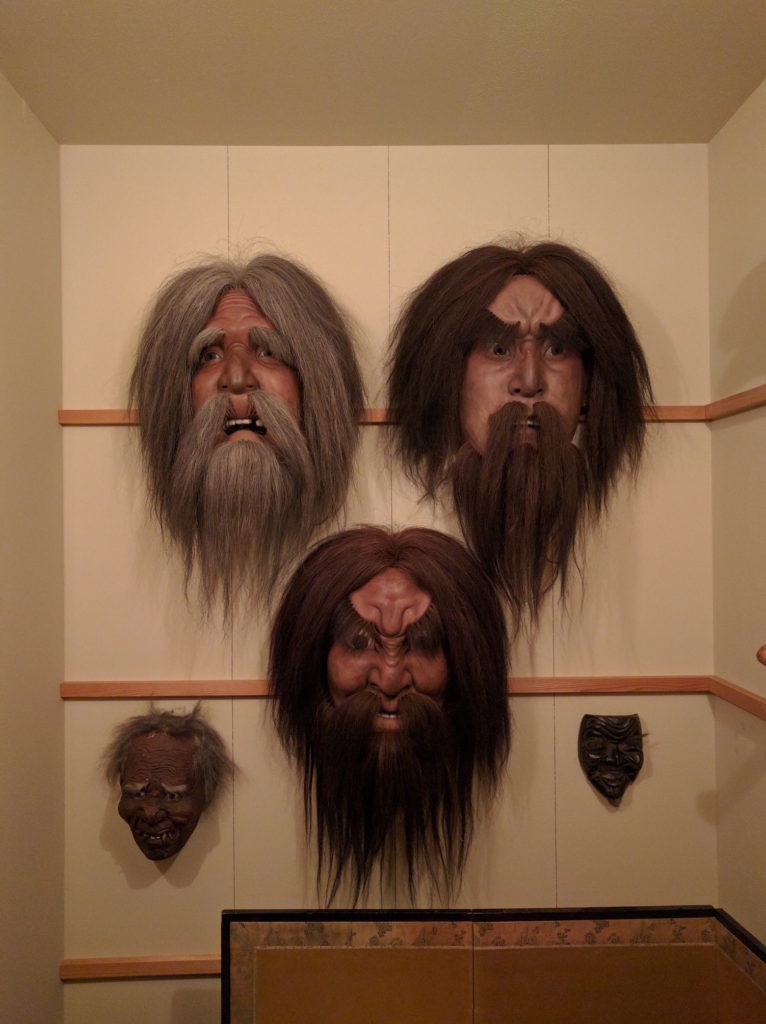
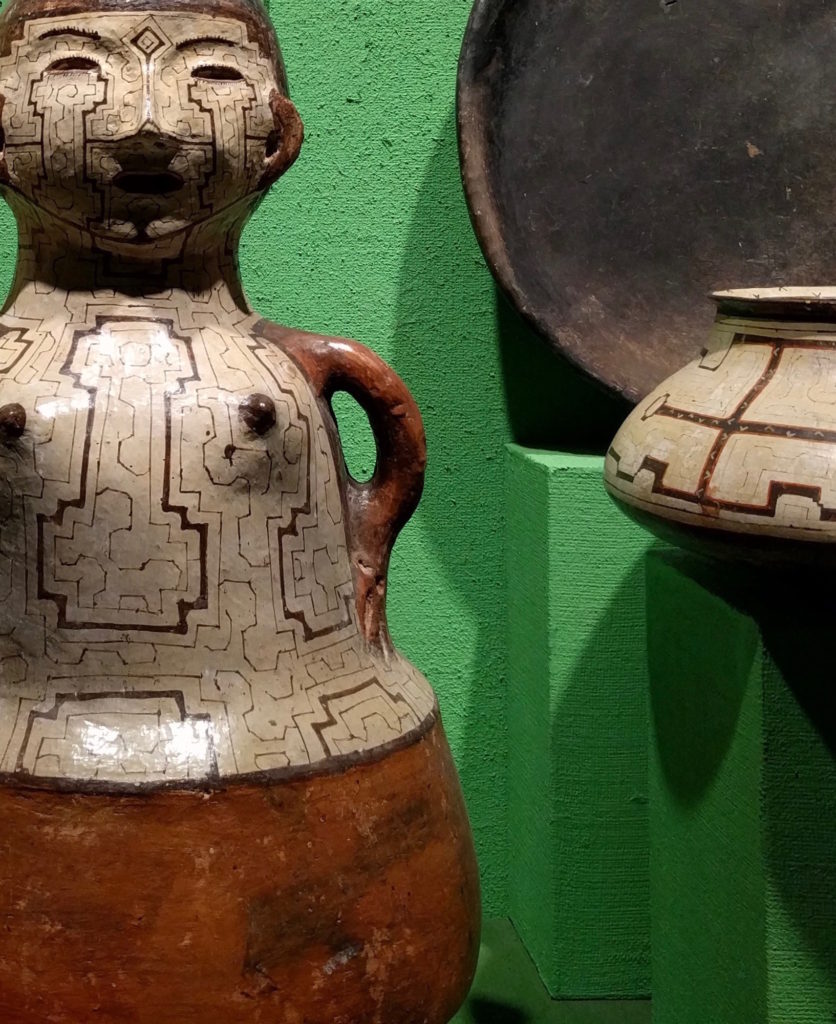


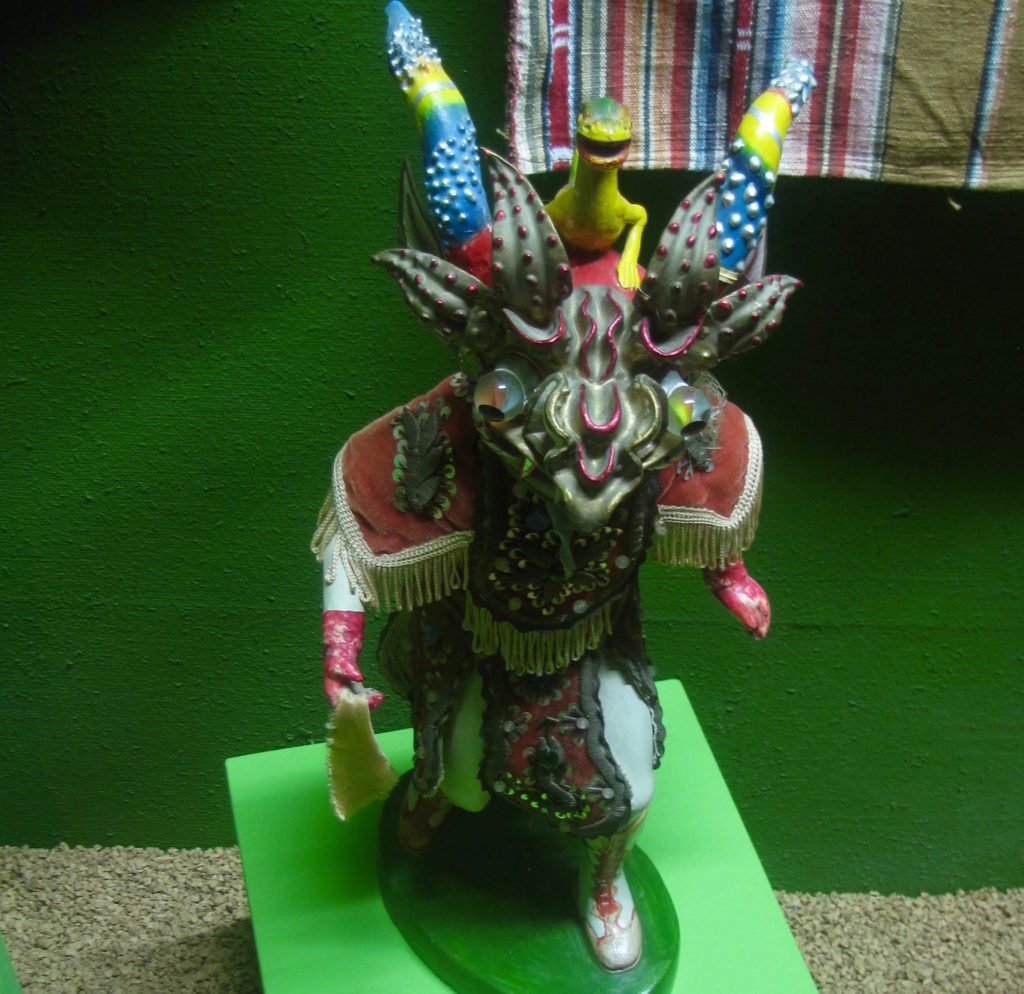


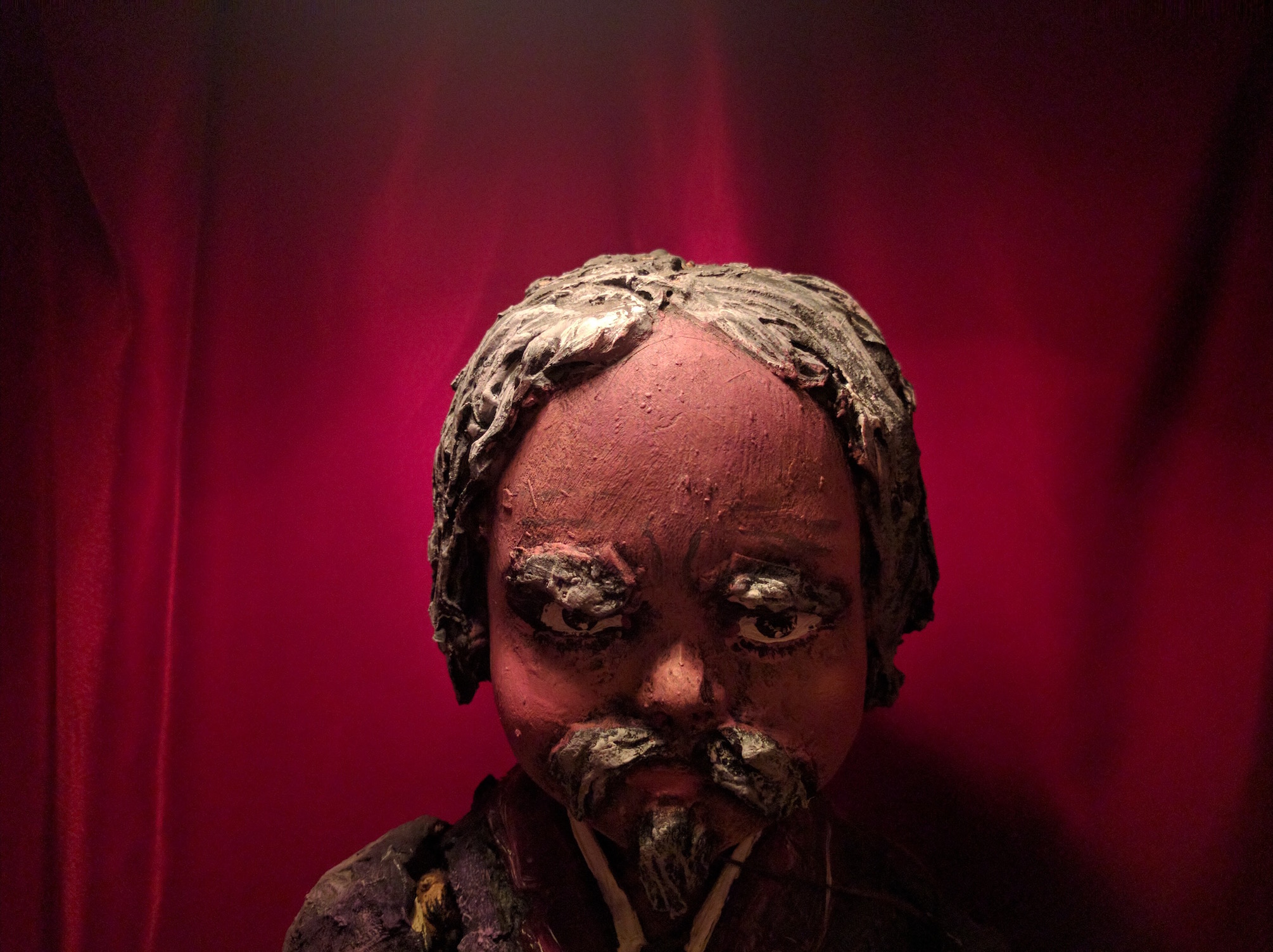
Whether you’re into automata; infinity rooms; female grotesques; pan-Asian decorative arts; antique guns; circuses; scrimshaw; sea monsters; stained glass; heavily carpeted surfaces; discordant music; winged, semi-nude mannequins; pseudo-Victorian street scenes; or carousels of dolls riding bug-eyed ponies, the House on the Rock has something for you. Dark, convoluted, and often flat-out creepy, the three-part complex located in the forests of southwestern Wisconsin is a call to imagination, a celebration of fakery, and a product of the extreme “eccentricity” of its designer, Alex Jordan, Jr. (1914–1989). Making one’s way past the indiscriminate jumbles of stuff that fill the multitude of tiny nooks and massive, elaborately constructed vignettes can feel like a journey through the mind of a mad man, but one that is as fascinating and surprising as it is exhausting and disturbing.
Jordan opened the original house in 1959 and built the more carnivalesque second and third sections over the next three decades before selling the complex in the late 1980s. The newer owners have continued to expand on the original site, adding an aviation exhibit and, in 2008, opening a welcome center and museum dedicated to Jordan’s life.
I owe particular thanks to Joshua Albers for this post, whose camera and low-light photography skills did laps around mine. Whenever possible, I’ve used his photos from our visit and supplemented the group with my own. All videos are his.

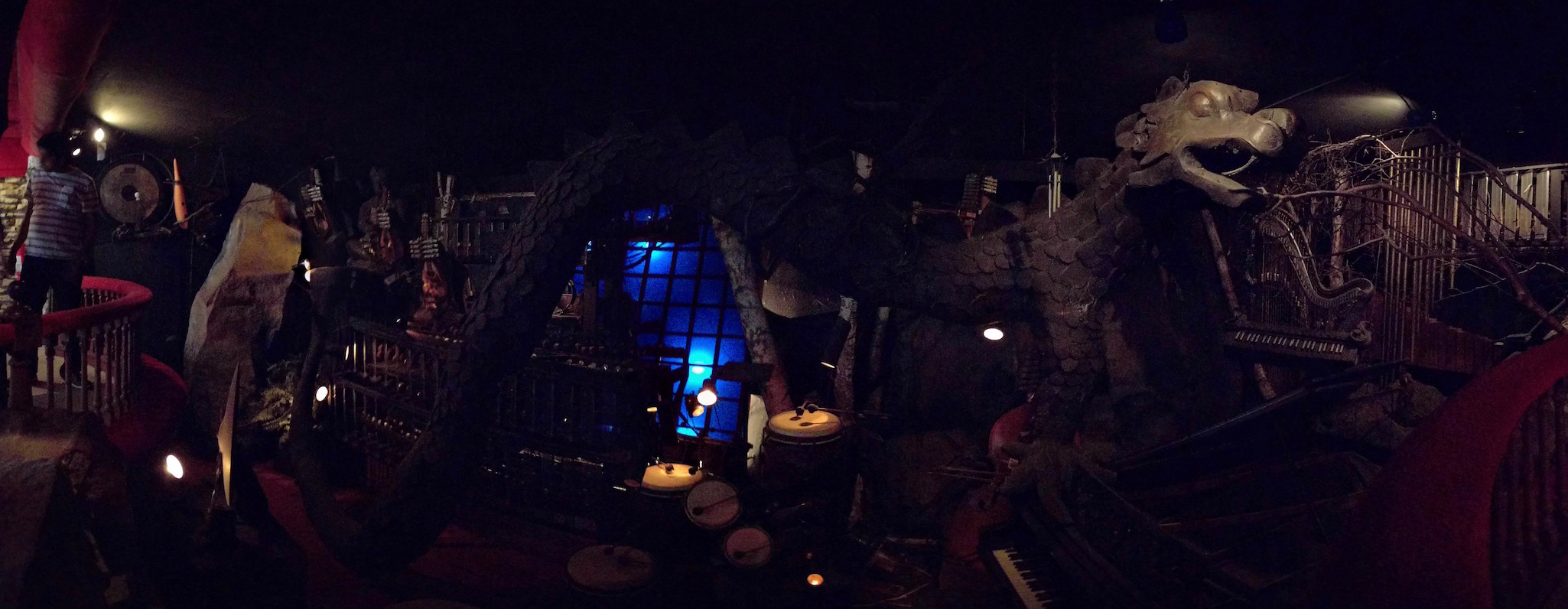

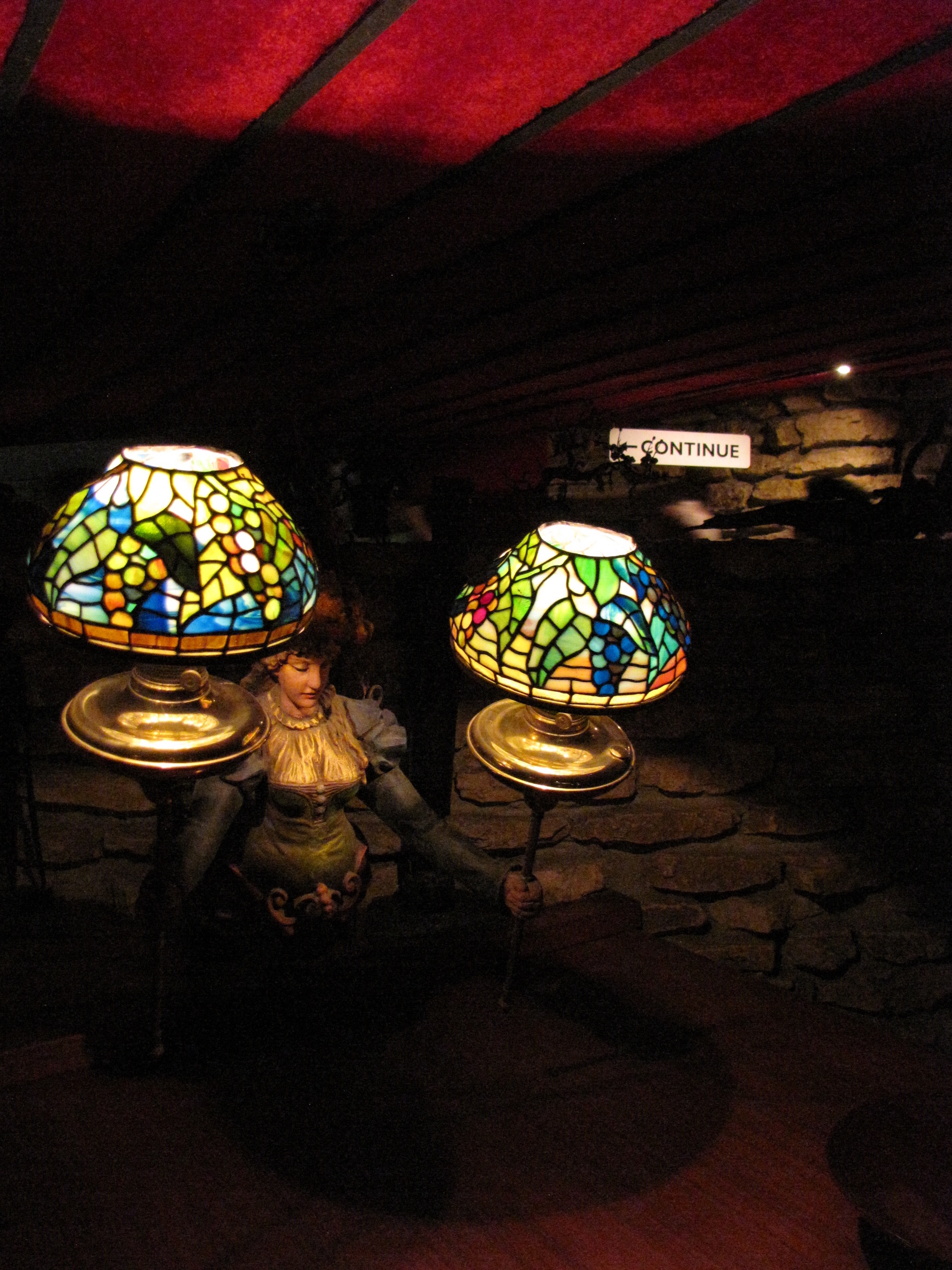


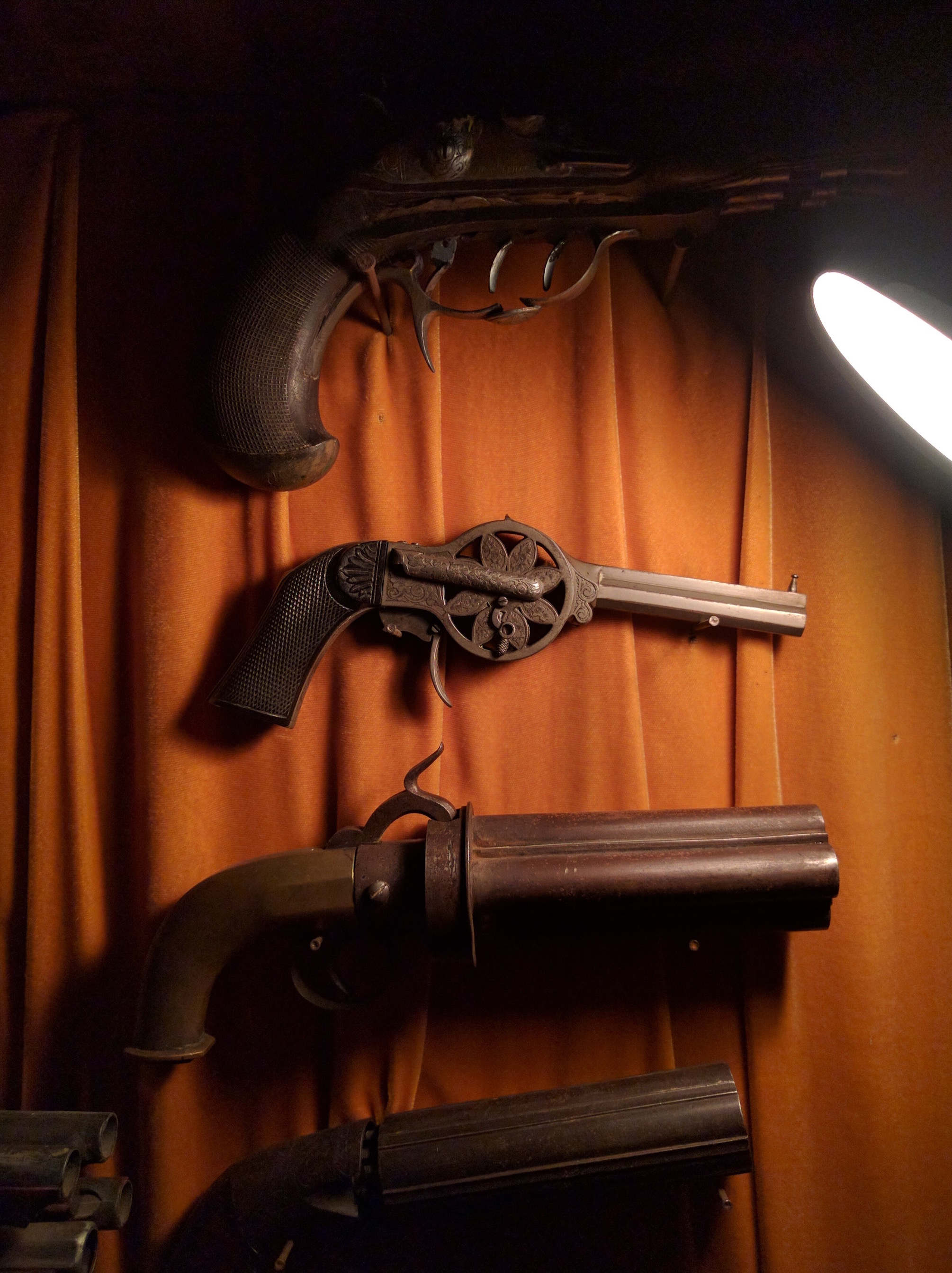


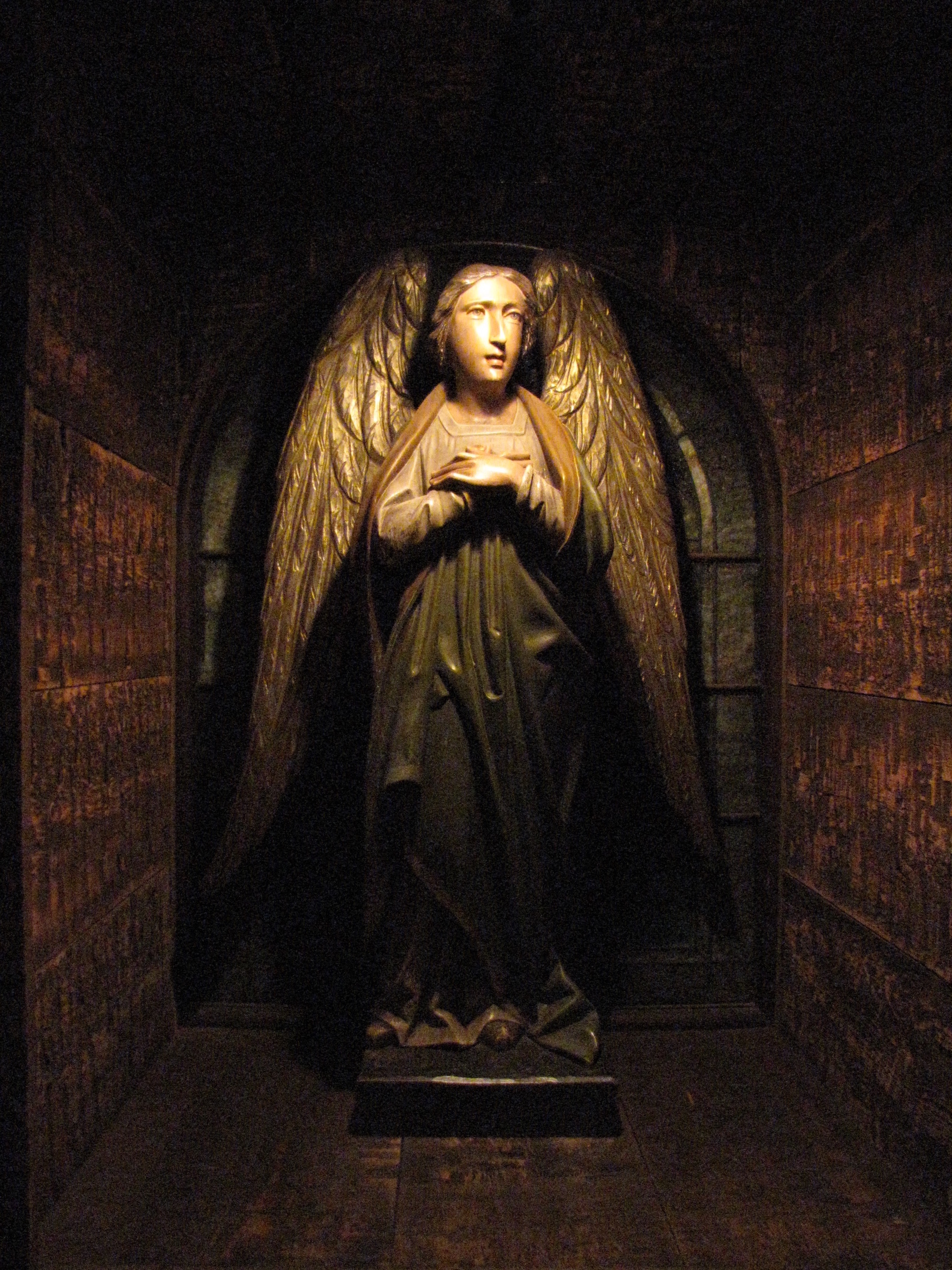


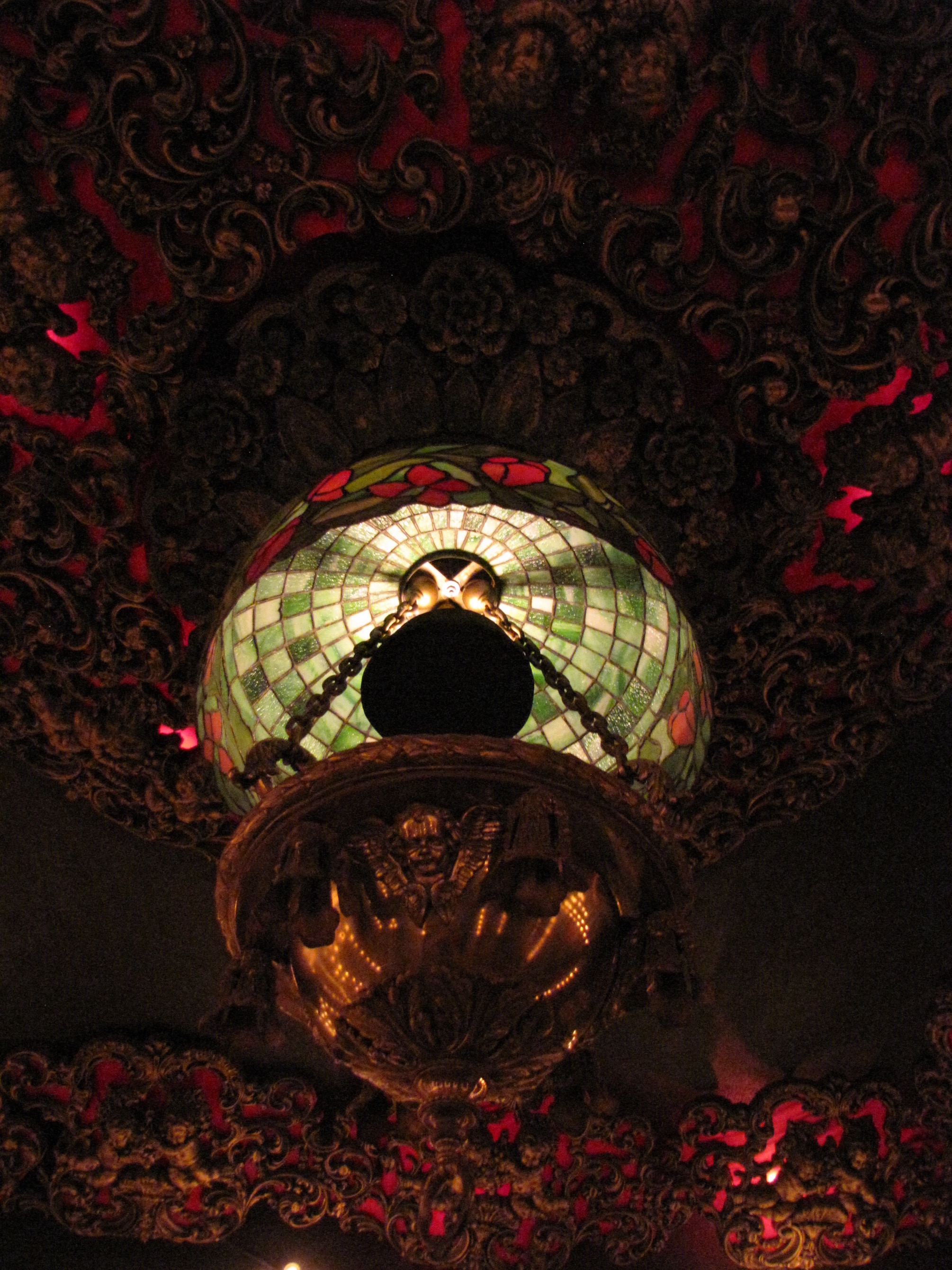
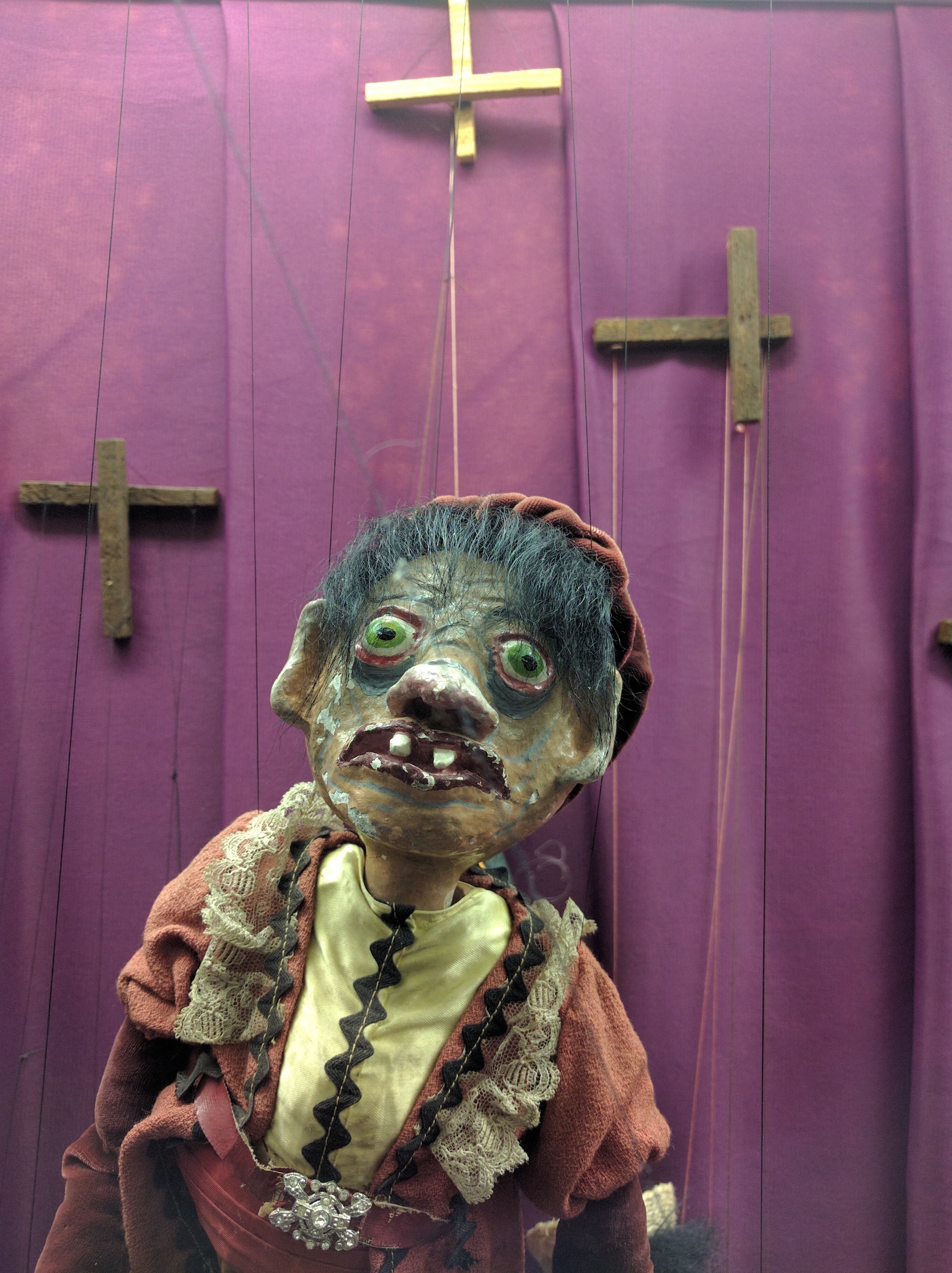
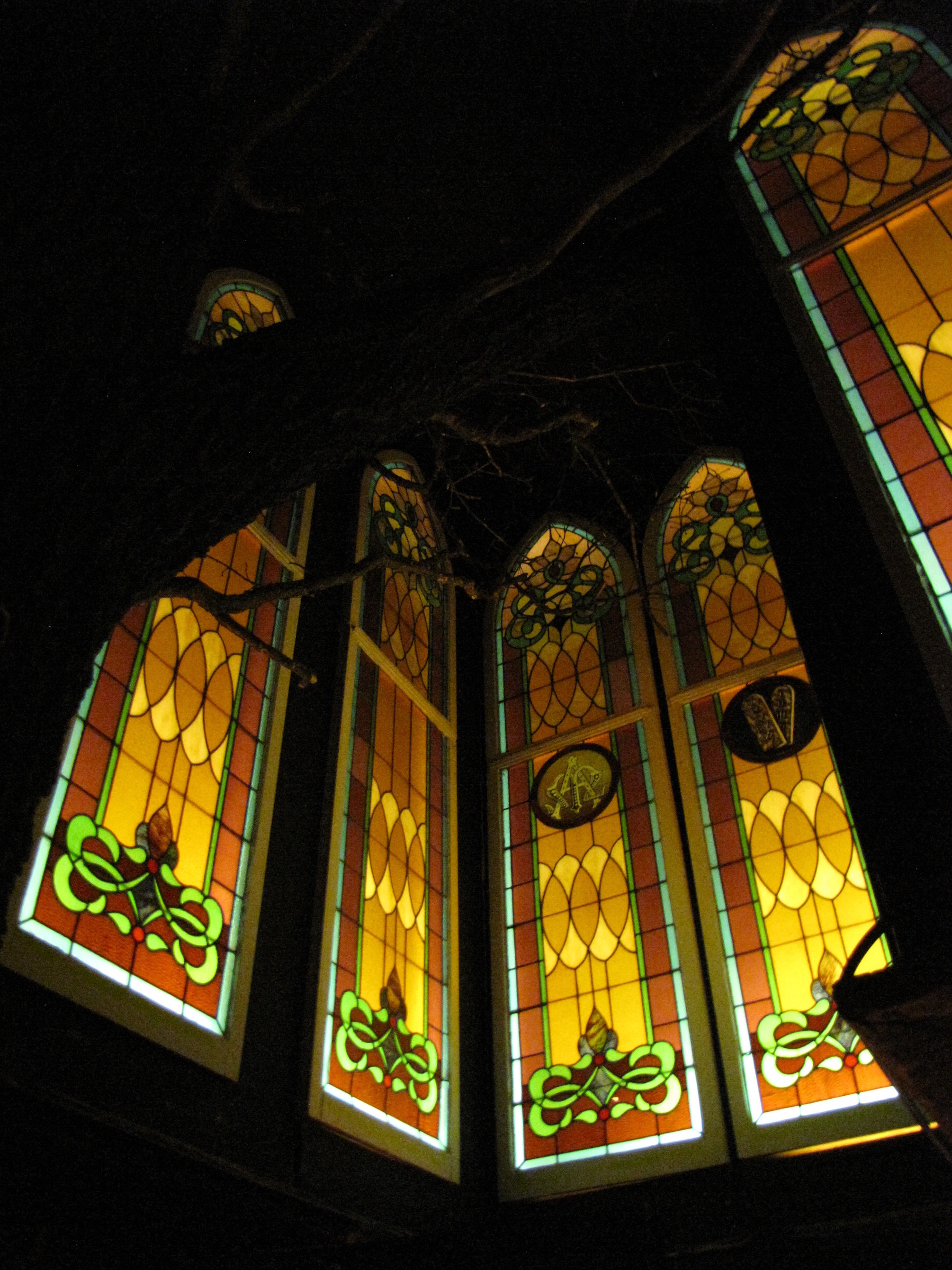
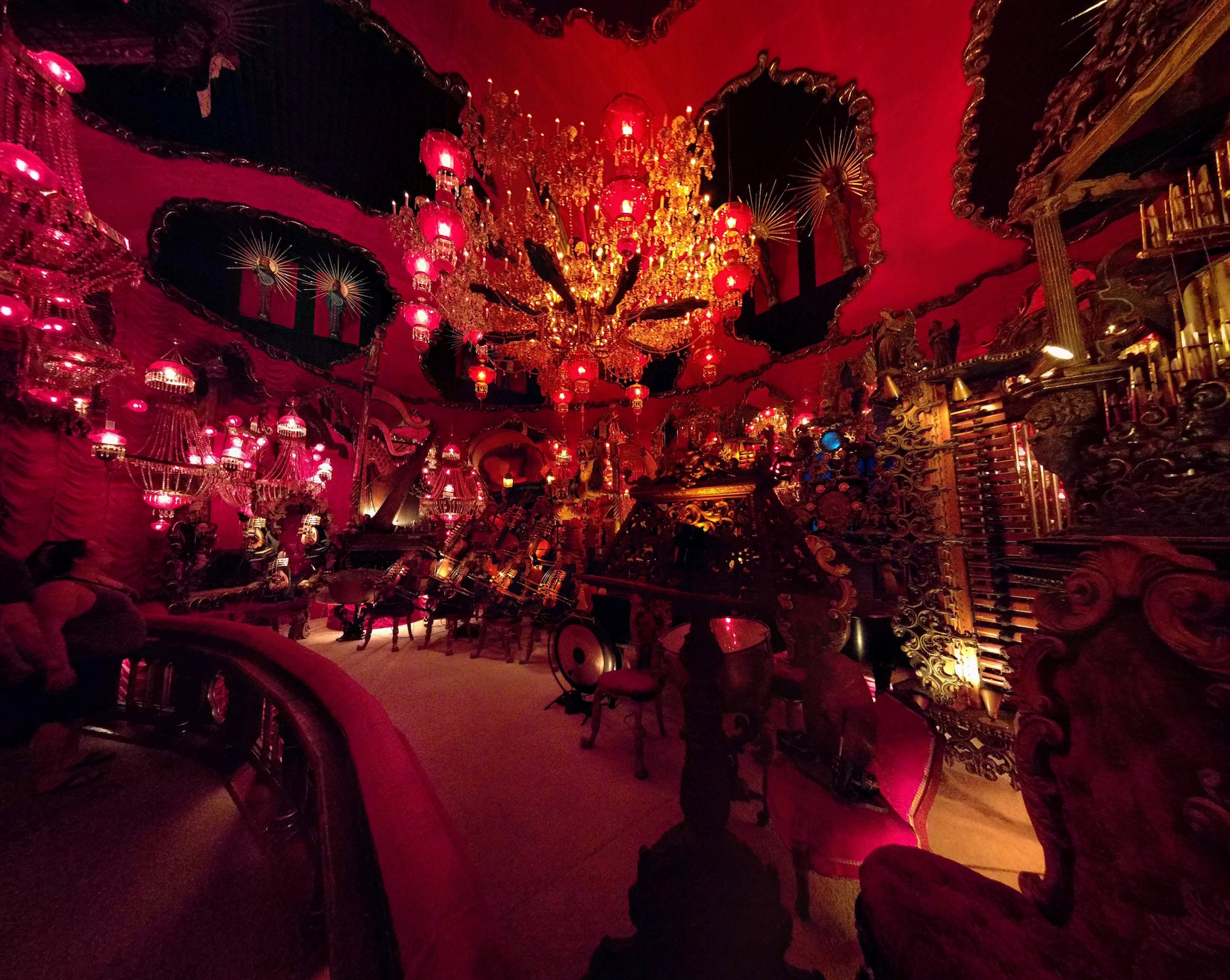
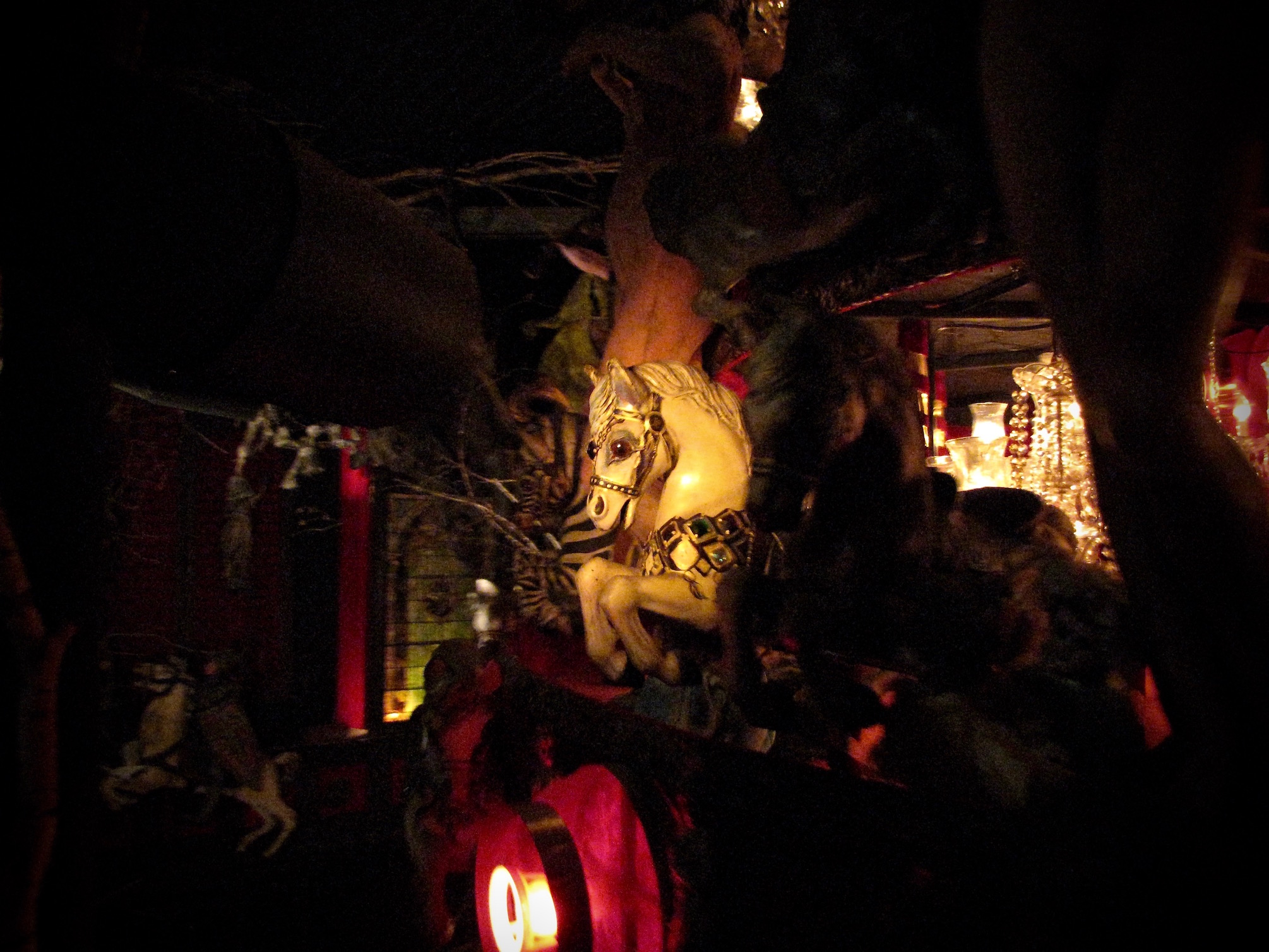
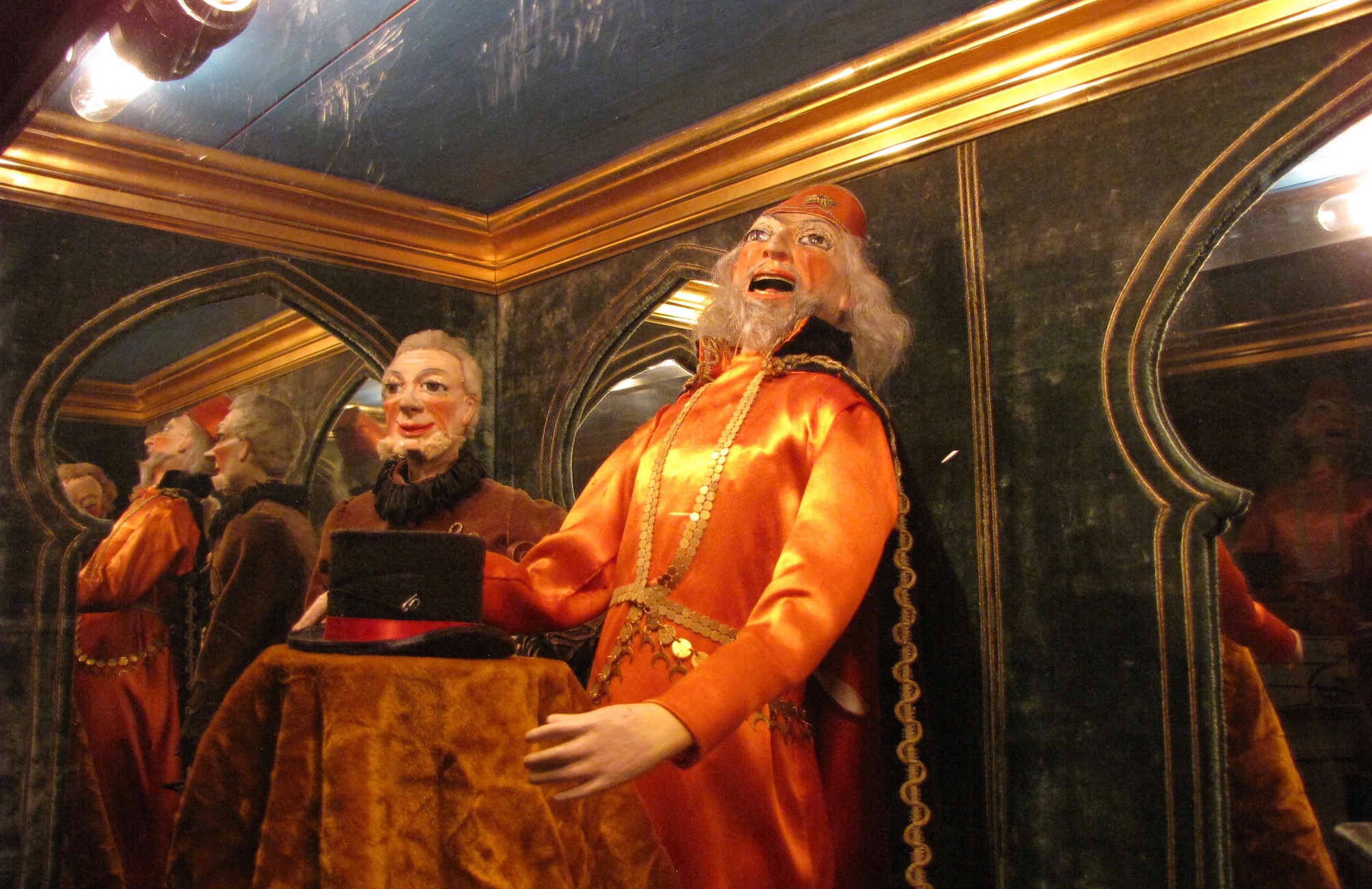
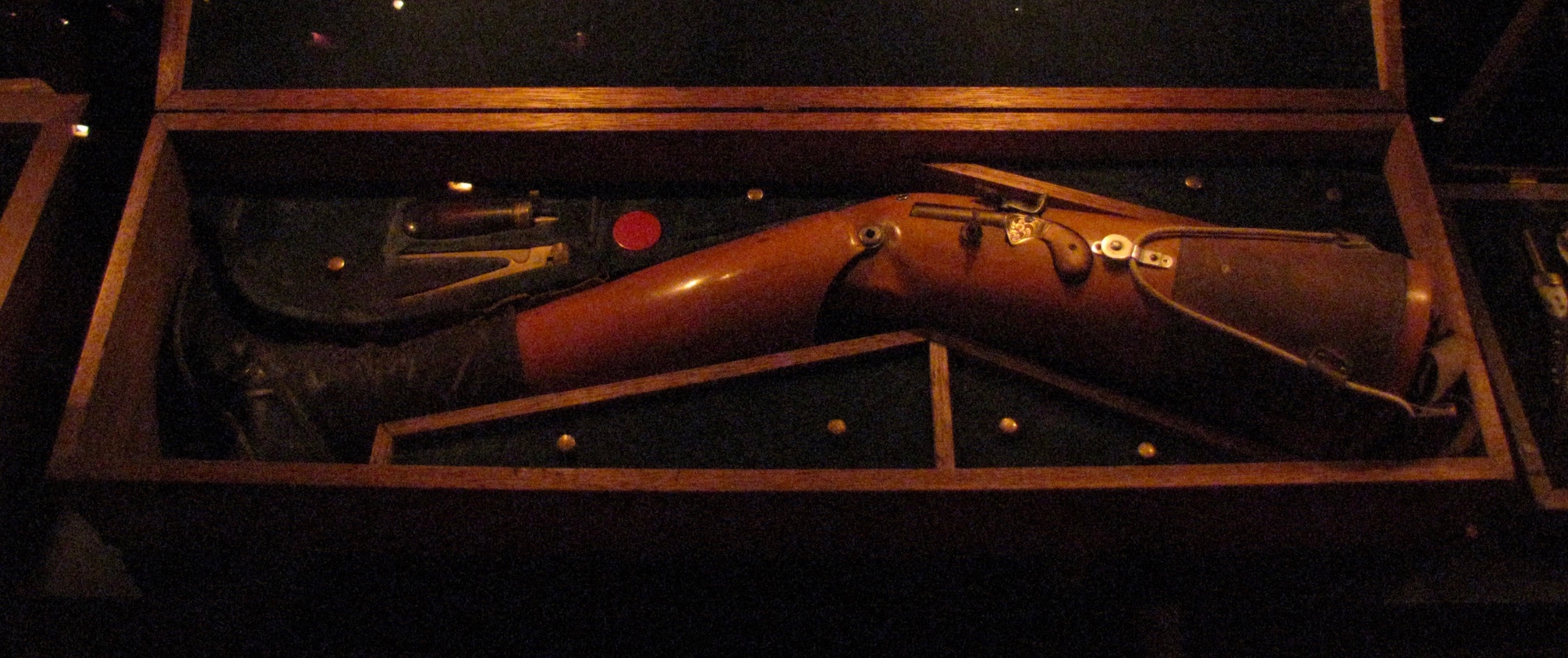
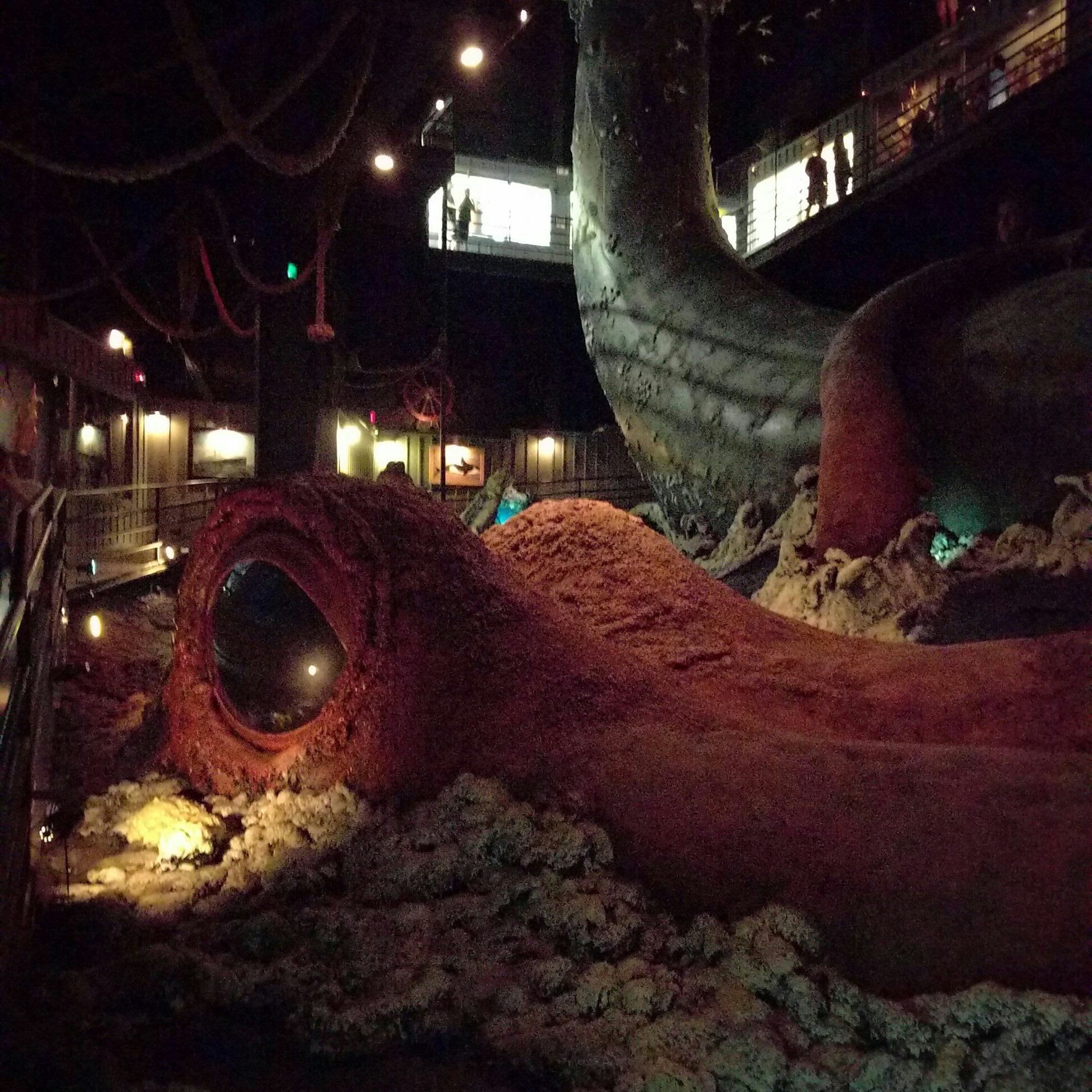
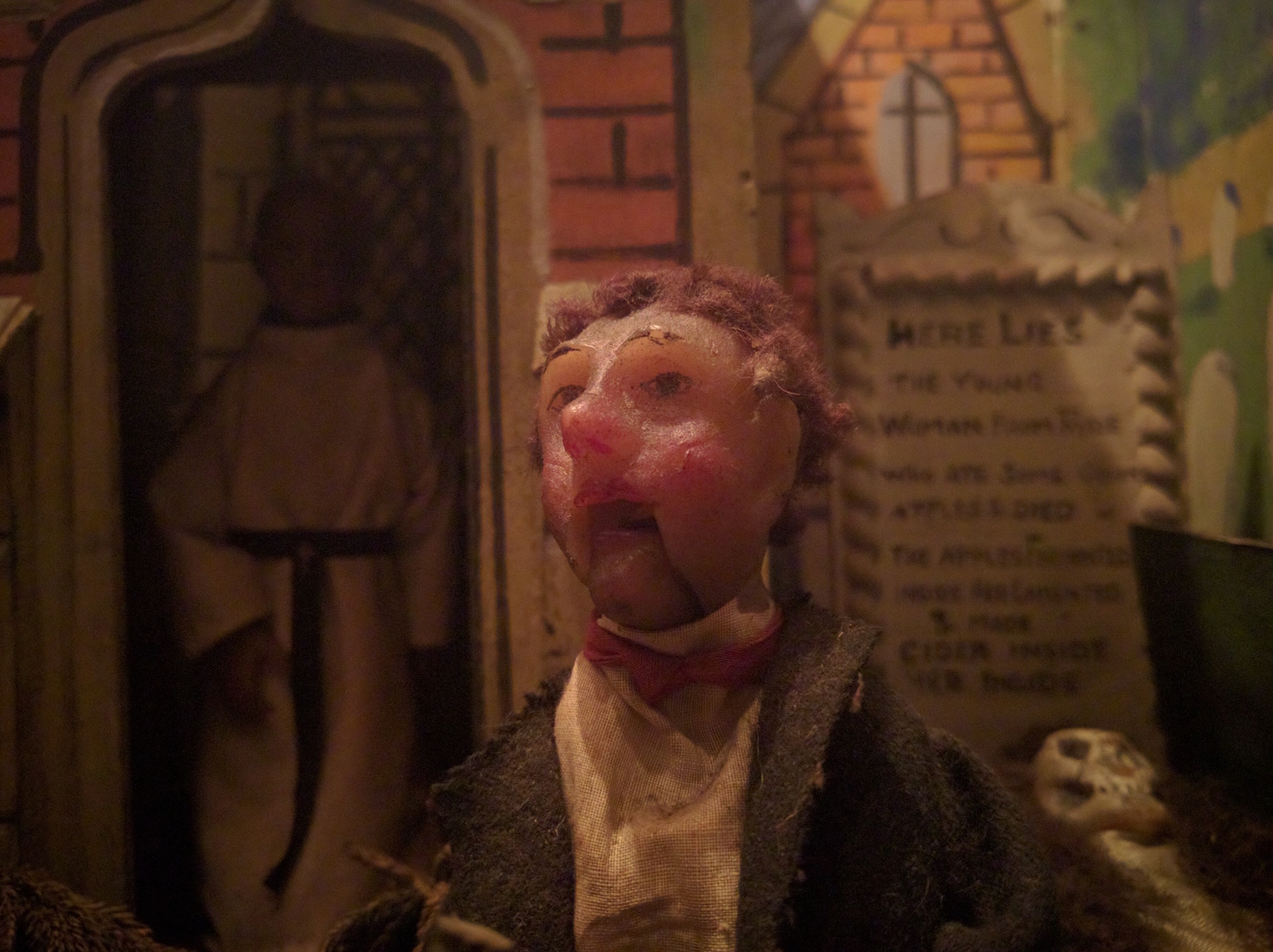
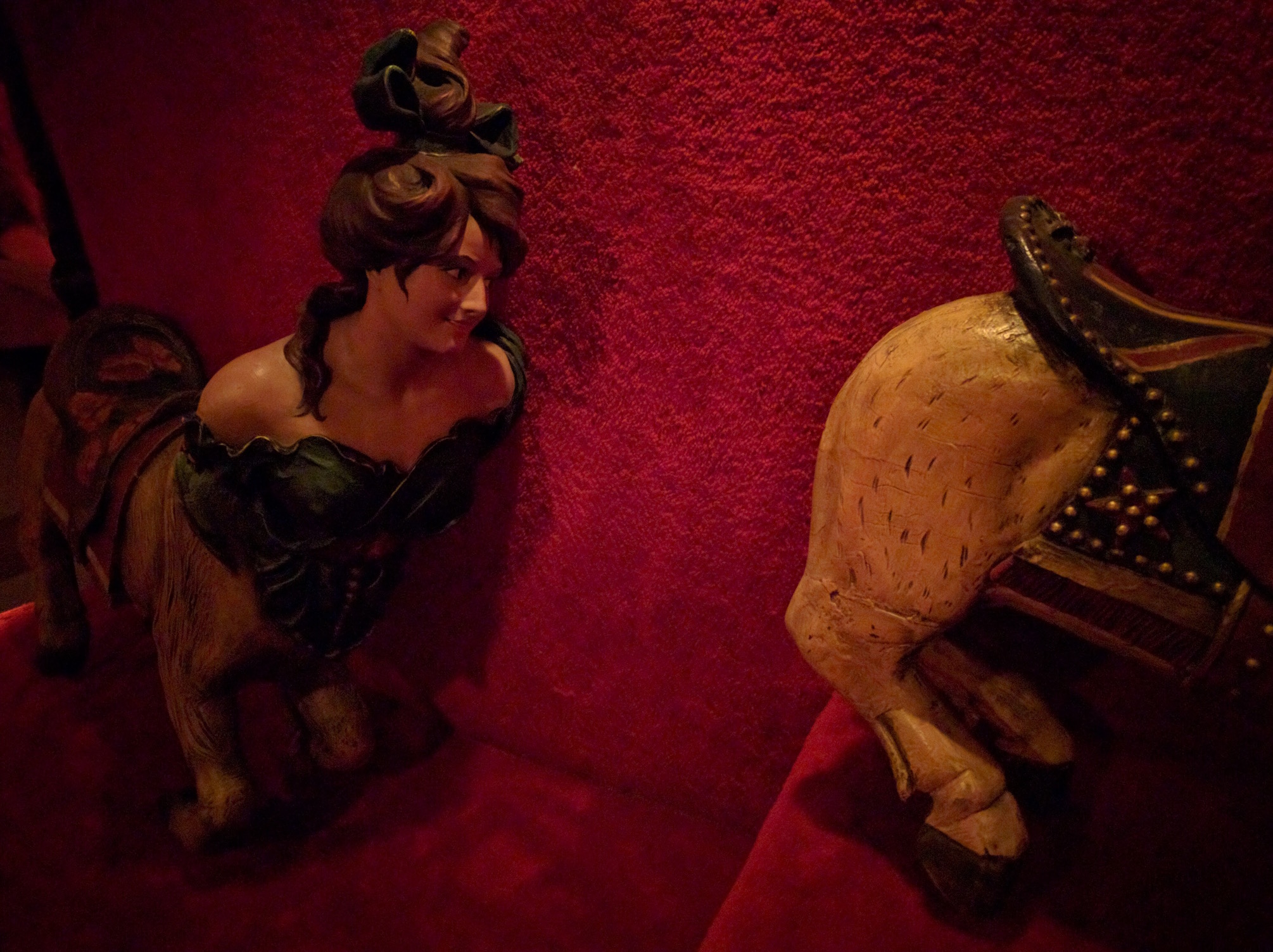
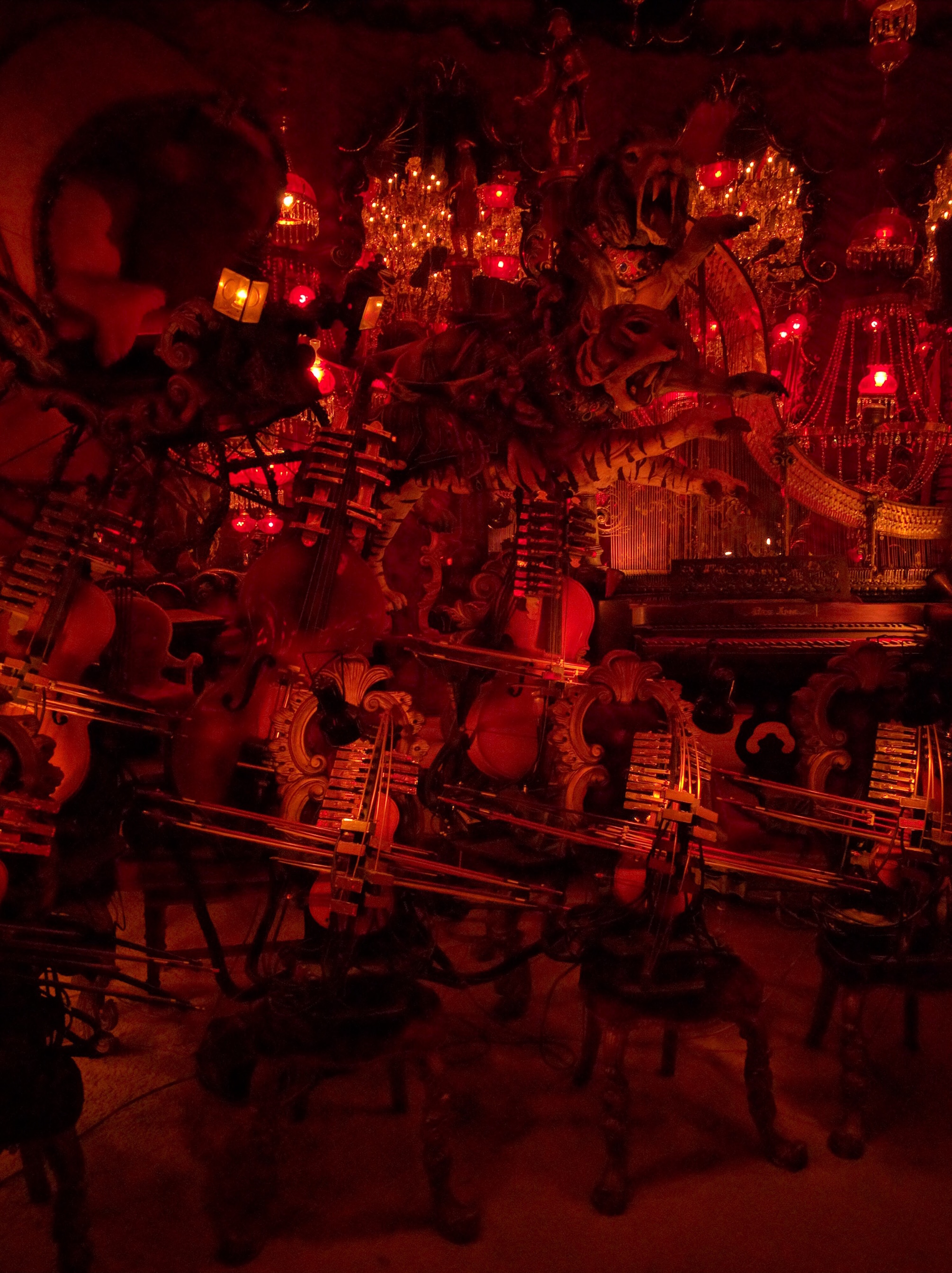



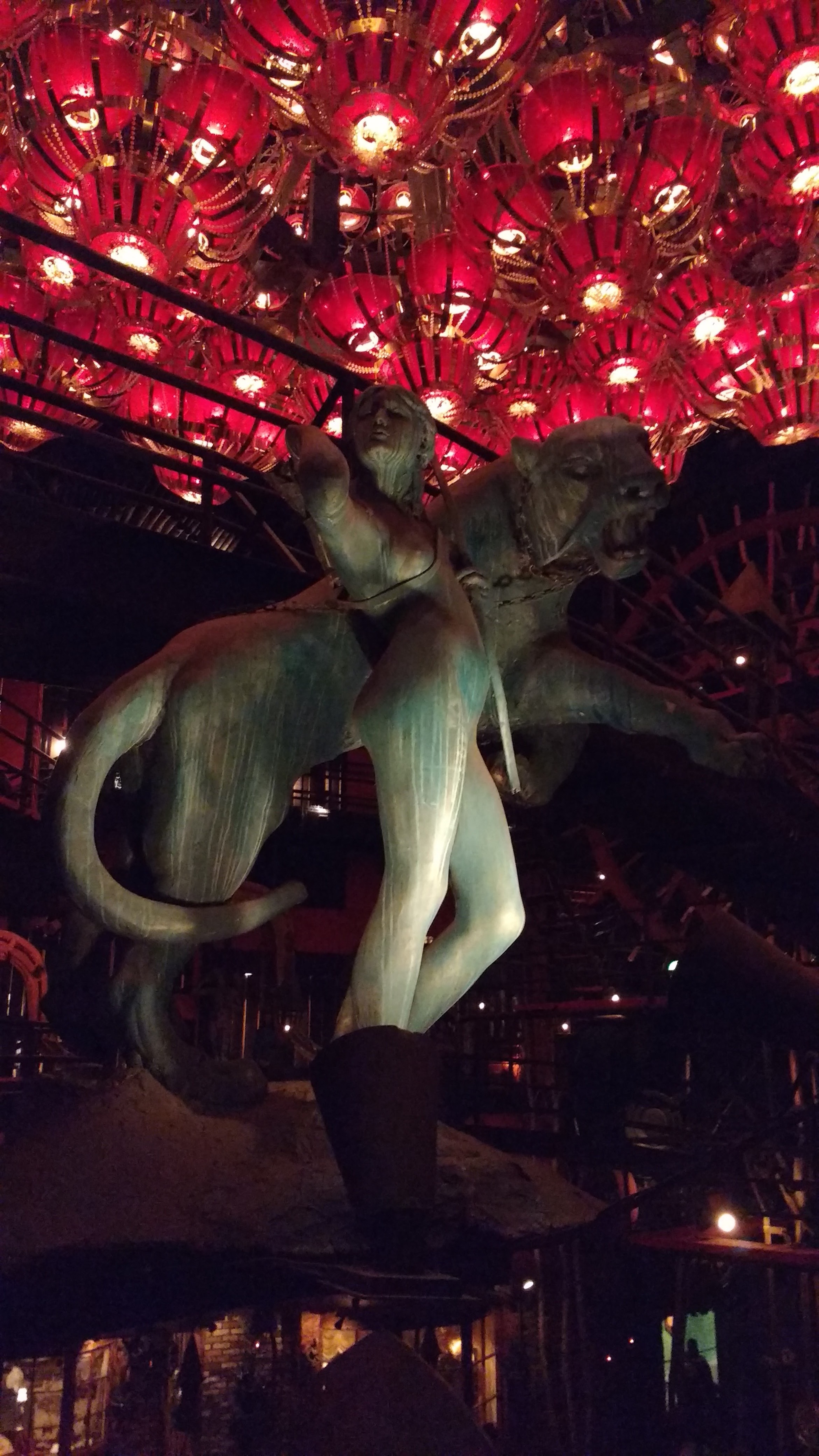




Bonus Videos:
Discreetly located north of downtown in an elegant lakeside townhouse, the International Museum of Surgical Science is one of Chicago’s more hidden attractions. Although the Gold Coast mansion itself may be enough to draw the casual attention of commuters and tourists making their way along Lake Shore Drive, no large signs or neighborhood flags will alert passersby to the structure’s varied (and variably disturbing) contents. Yet, for those with an interest in medical history, Chicago architecture, museology, or the drily macabre, the museum is worth seeking out.
As befitting its subject matter, the exhibits tend to be object-based, low-tech, and straightforwardly displayed in ways that make clever use of the pre-existing historic space, often utilizing art for both illustrative and dramatic purposes. It’s a fun—or at least fun-ish—destination for a half-day visit, even if the entrance fee ($15 at the time of writing, no AAM membership accepted) felt a little steep.
Current admissions information can be found here.

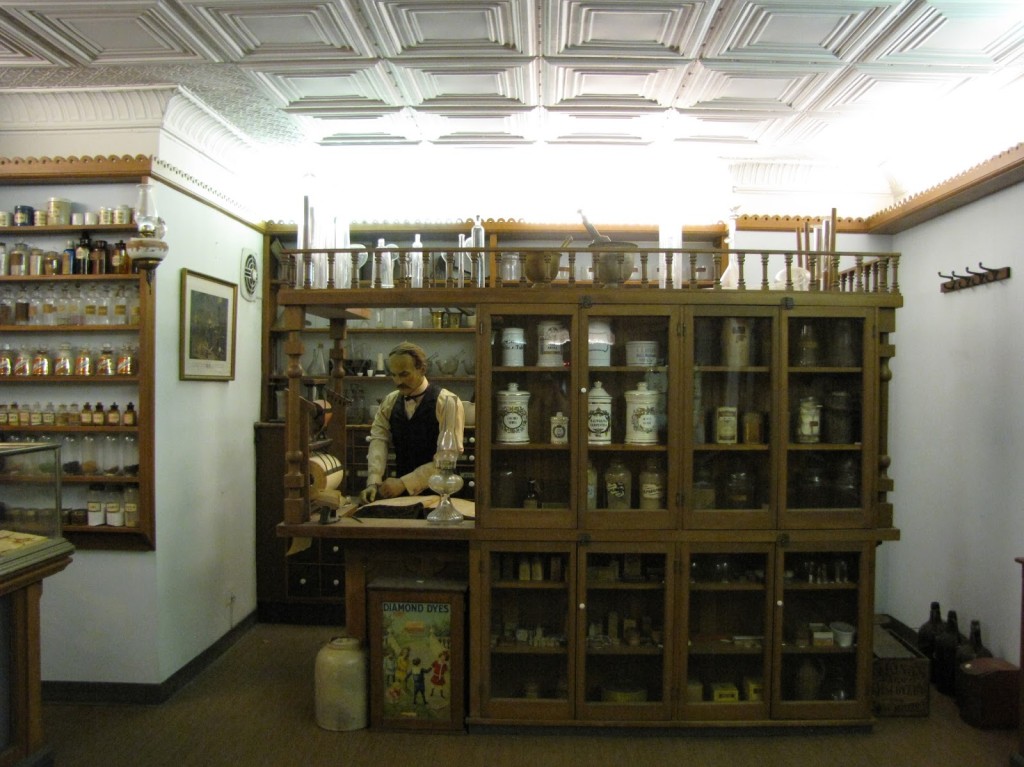
All photos by Renée DeVoe Mertz, June 25, 2015.
.JPG&container=blogger&gadget=a&rewriteMime=image%2F*)
.JPG&container=blogger&gadget=a&rewriteMime=image%2F*)
.JPG&container=blogger&gadget=a&rewriteMime=image%2F*)

.JPG&container=blogger&gadget=a&rewriteMime=image%2F*)
.JPG&container=blogger&gadget=a&rewriteMime=image%2F*)
.JPG&container=blogger&gadget=a&rewriteMime=image%2F*)
.JPG&container=blogger&gadget=a&rewriteMime=image%2F*)
.JPG&container=blogger&gadget=a&rewriteMime=image%2F*)
.JPG&container=blogger&gadget=a&rewriteMime=image%2F*)
.JPG&container=blogger&gadget=a&rewriteMime=image%2F*)
.JPG&container=blogger&gadget=a&rewriteMime=image%2F*)
.JPG&container=blogger&gadget=a&rewriteMime=image%2F*)

.JPG&container=blogger&gadget=a&rewriteMime=image%2F*)


.JPG&container=blogger&gadget=a&rewriteMime=image%2F*)
.JPG&container=blogger&gadget=a&rewriteMime=image%2F*)
.JPG&container=blogger&gadget=a&rewriteMime=image%2F*)
Fusing the aesthetics of an art-school education with the environmental immediacy of street art, Swoon has come to fame in the last few years for her large, intricate, wheat-pasted prints, urban interventions, and community-based projects. Submerged Motherlands brings her practice indoors in order to create a new, immersive environment within the Brooklyn Museum’s 5th floor rotunda gallery. Look up, look down, stand back, plunge in—the installation encourages a thorough investigation of its many nooks and crannies, and rewards the viewer at every angle.
Swoon: Submerged Motherlands will be on view until August 24, 2014. For more information, visit the Brooklyn Museum’s website.
All photos by Renée DeVoe Mertz, May 4, 2014.
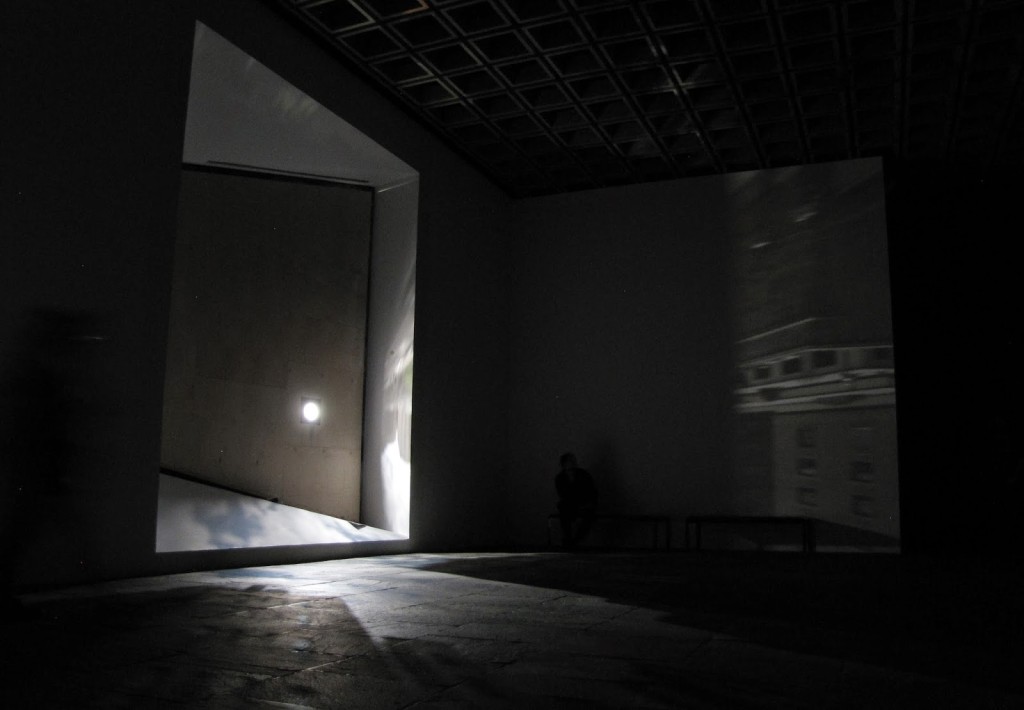
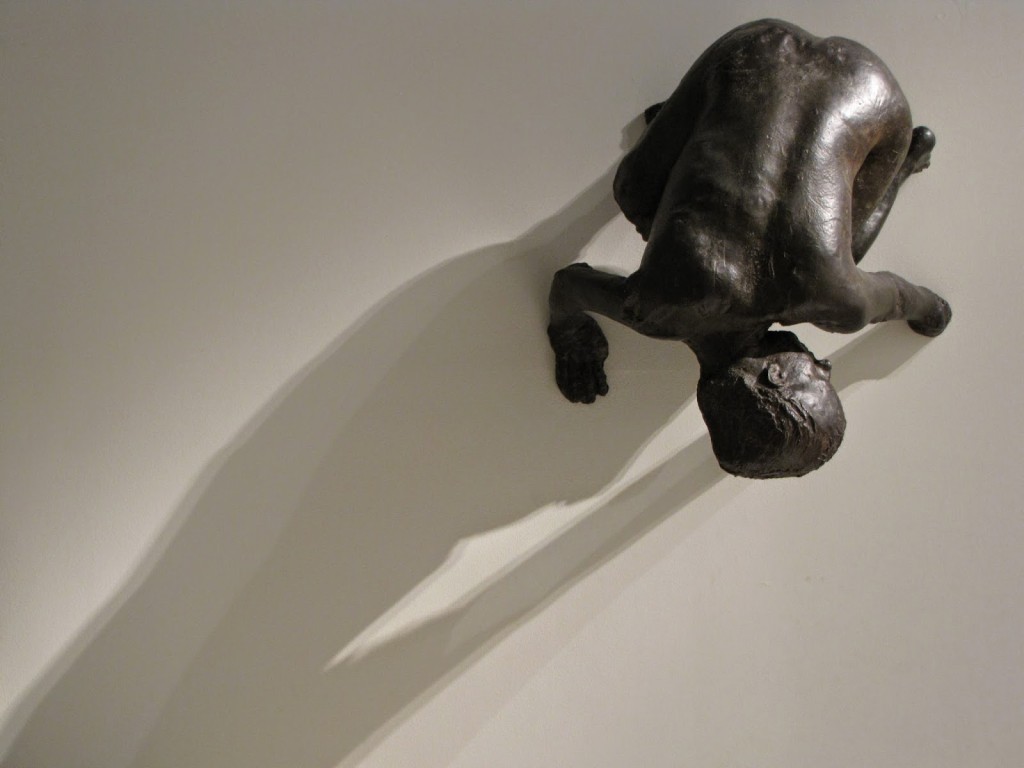

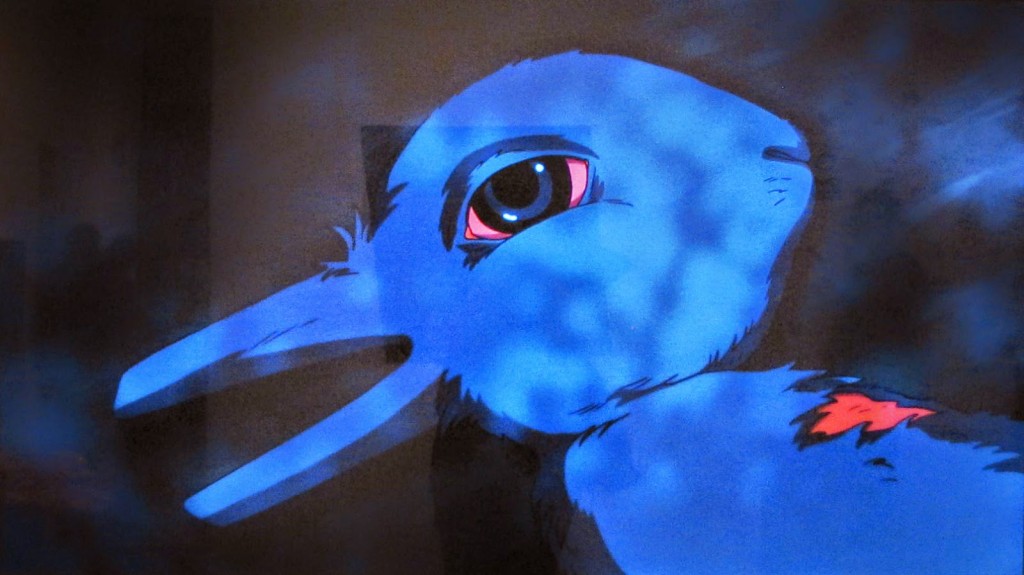
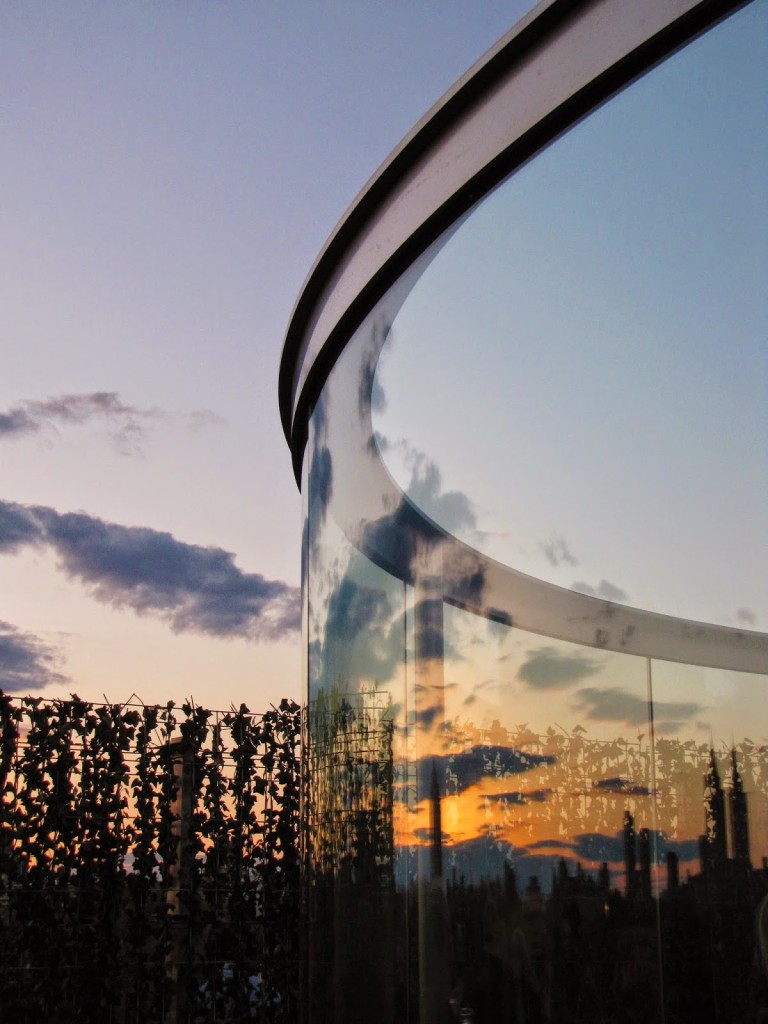
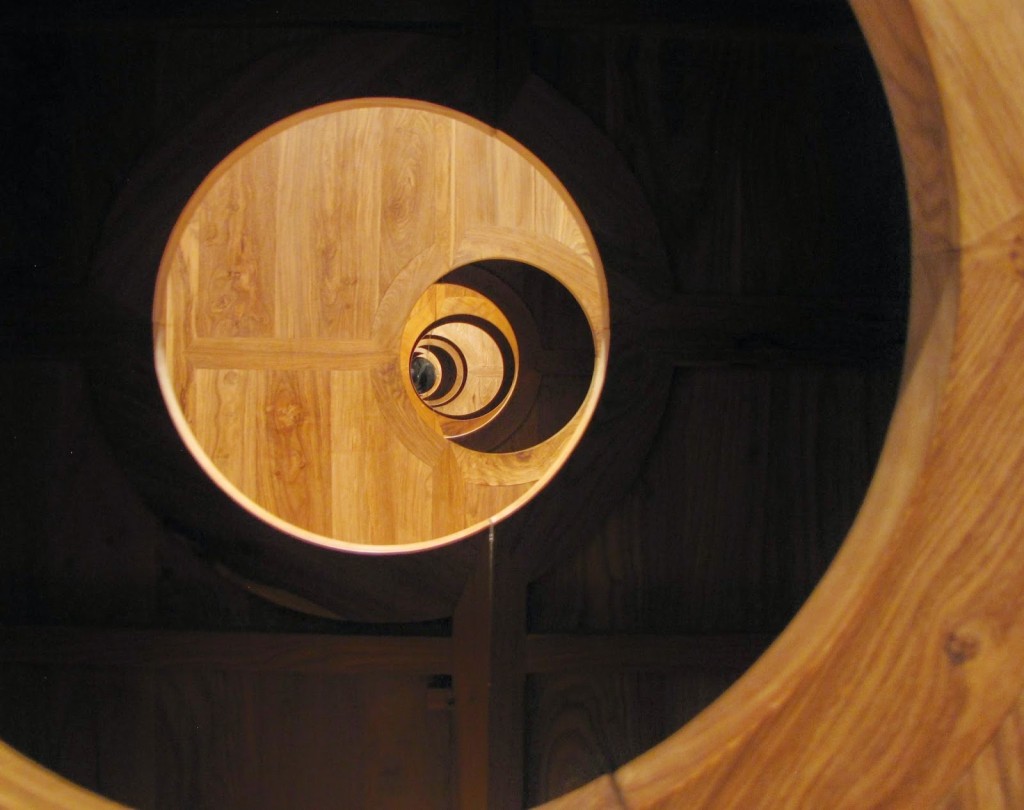





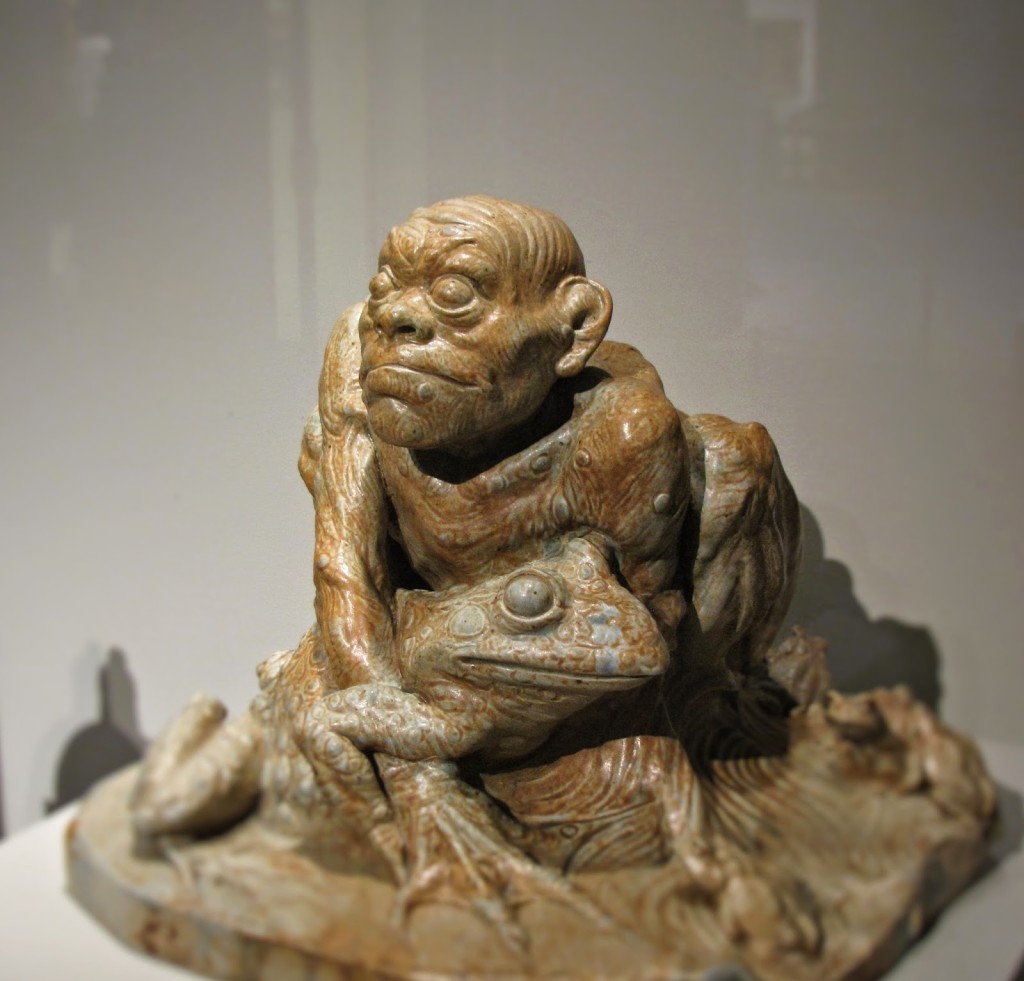
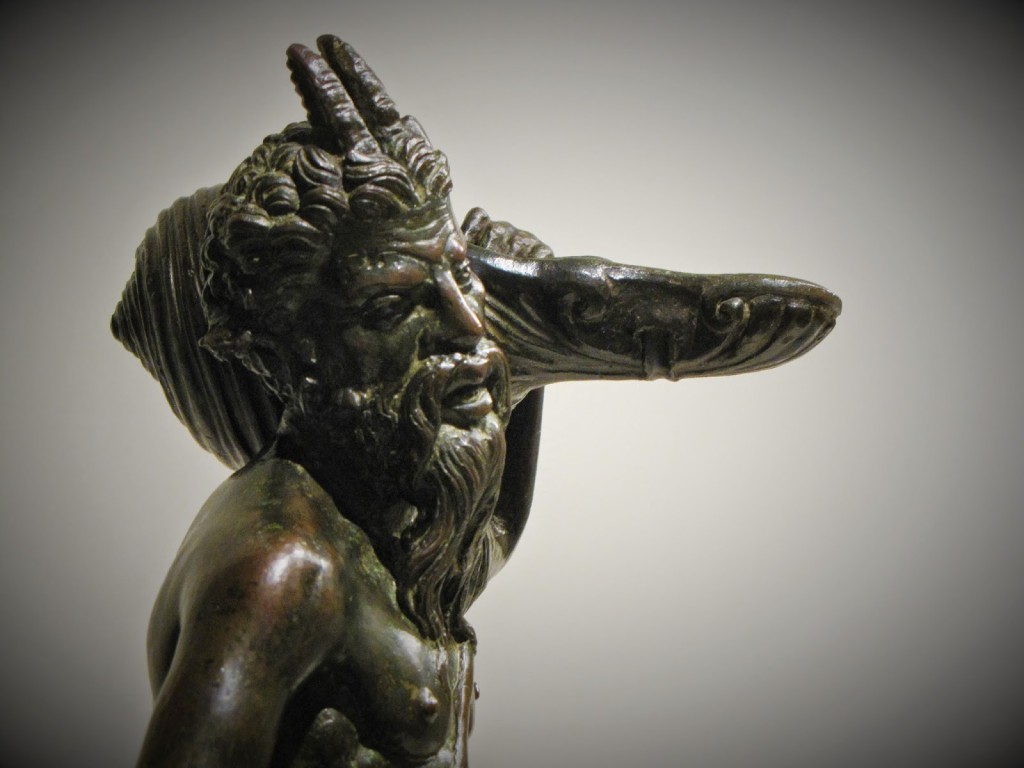
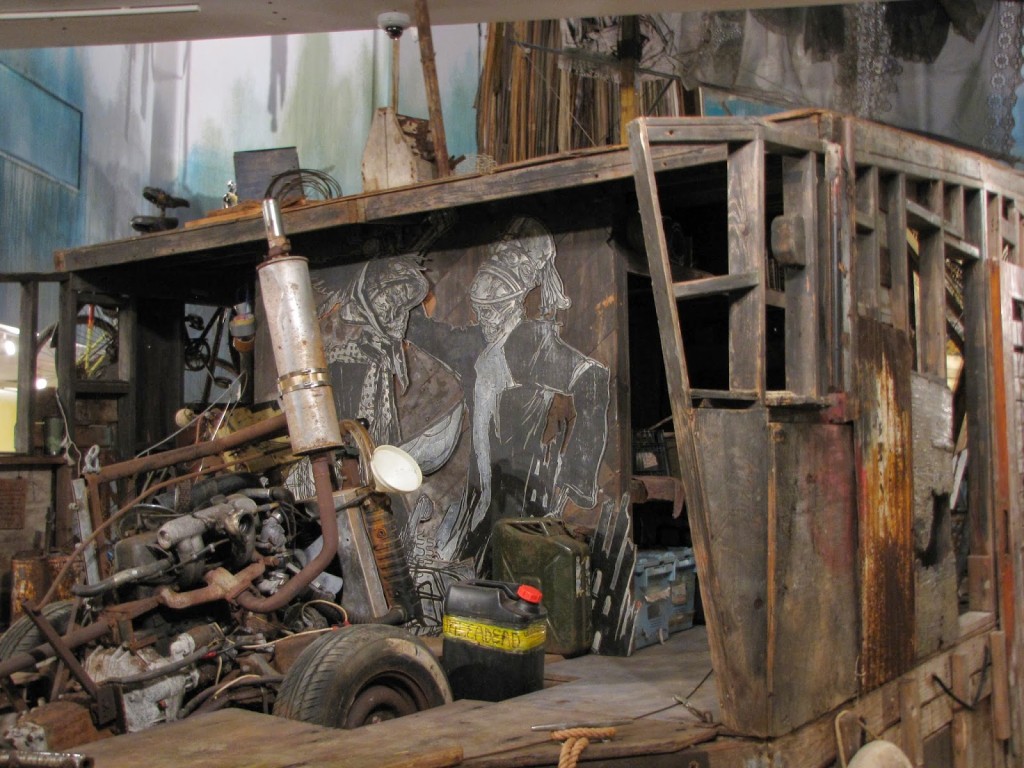


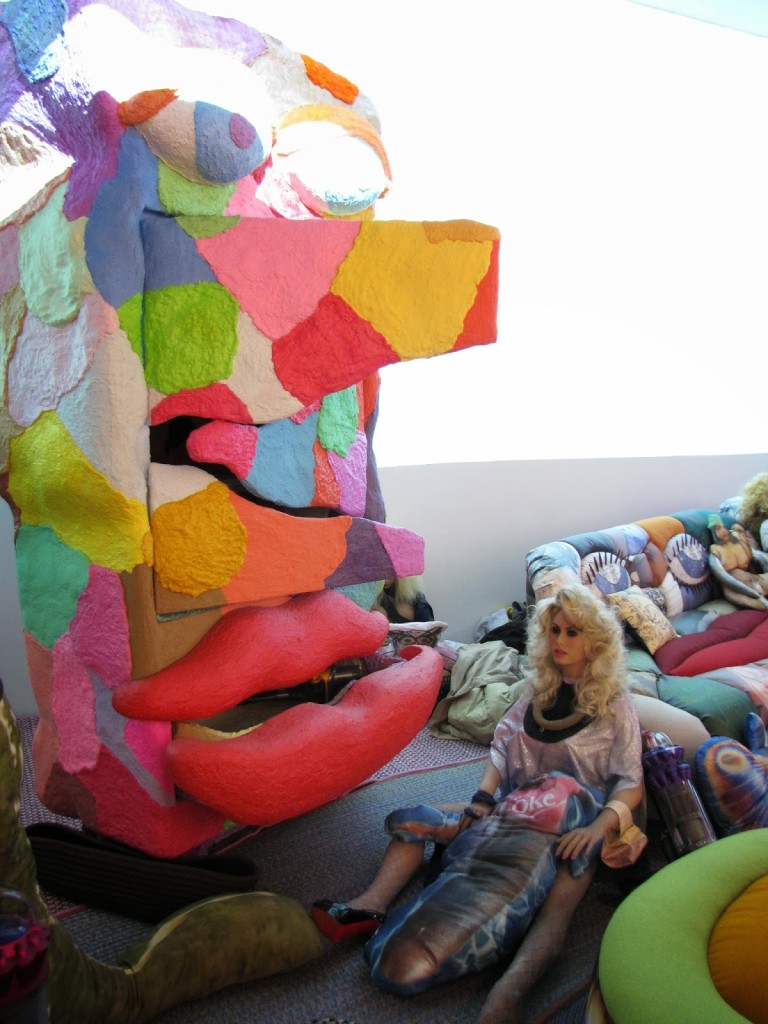
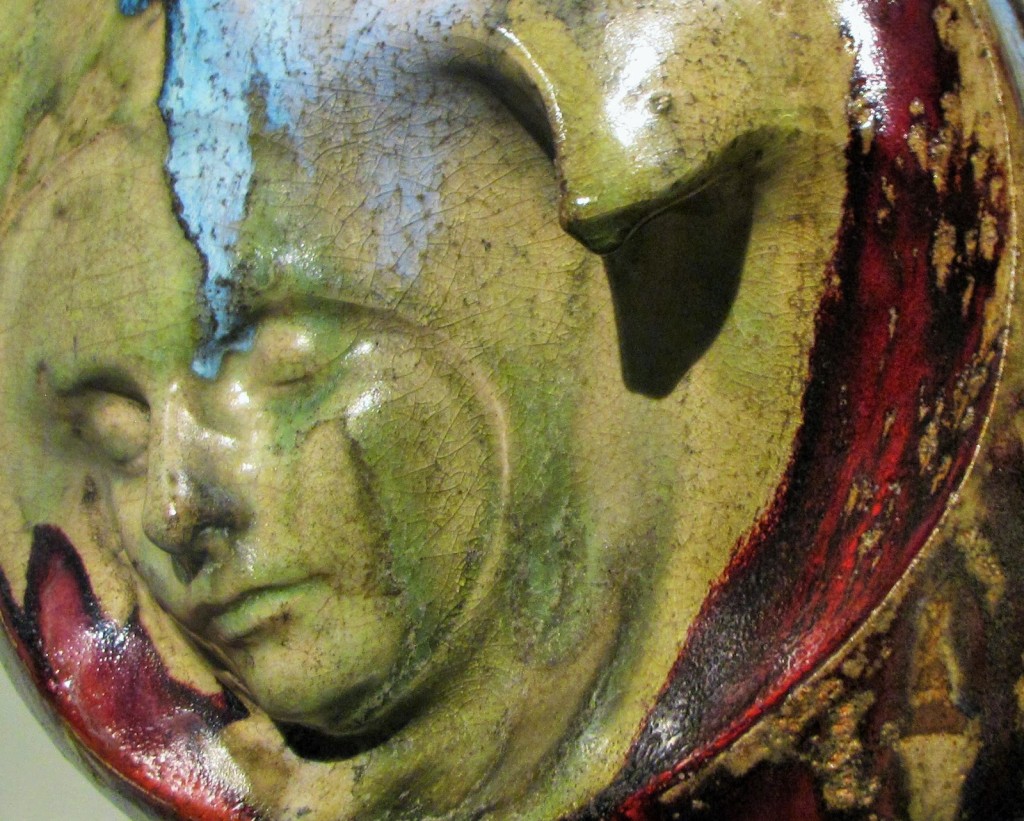
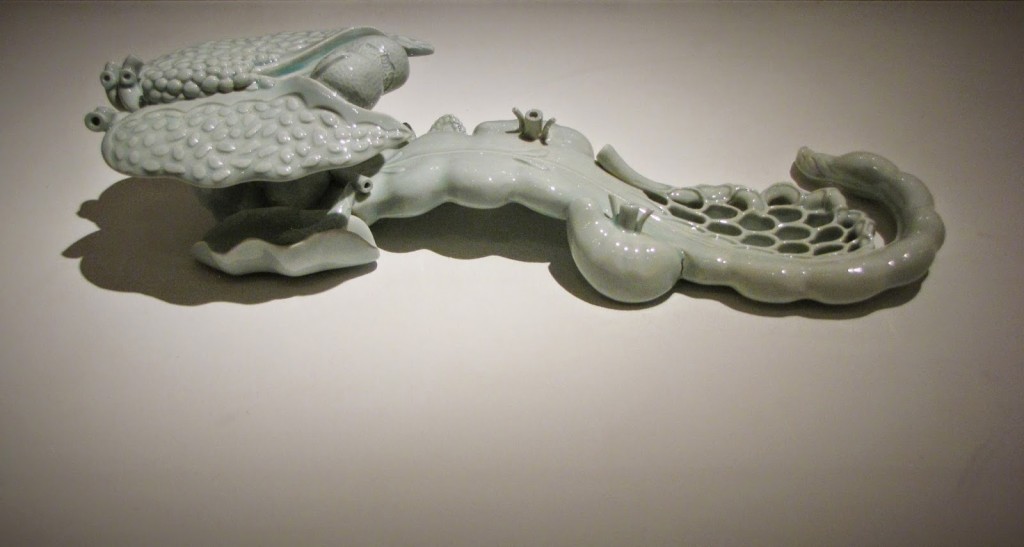


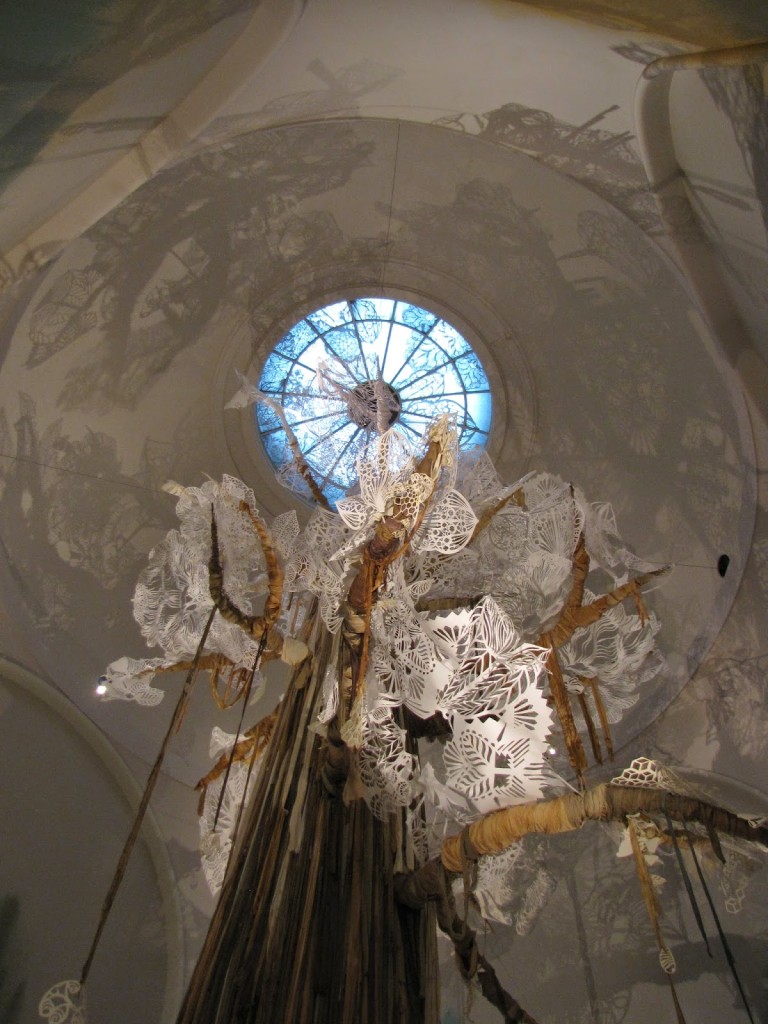
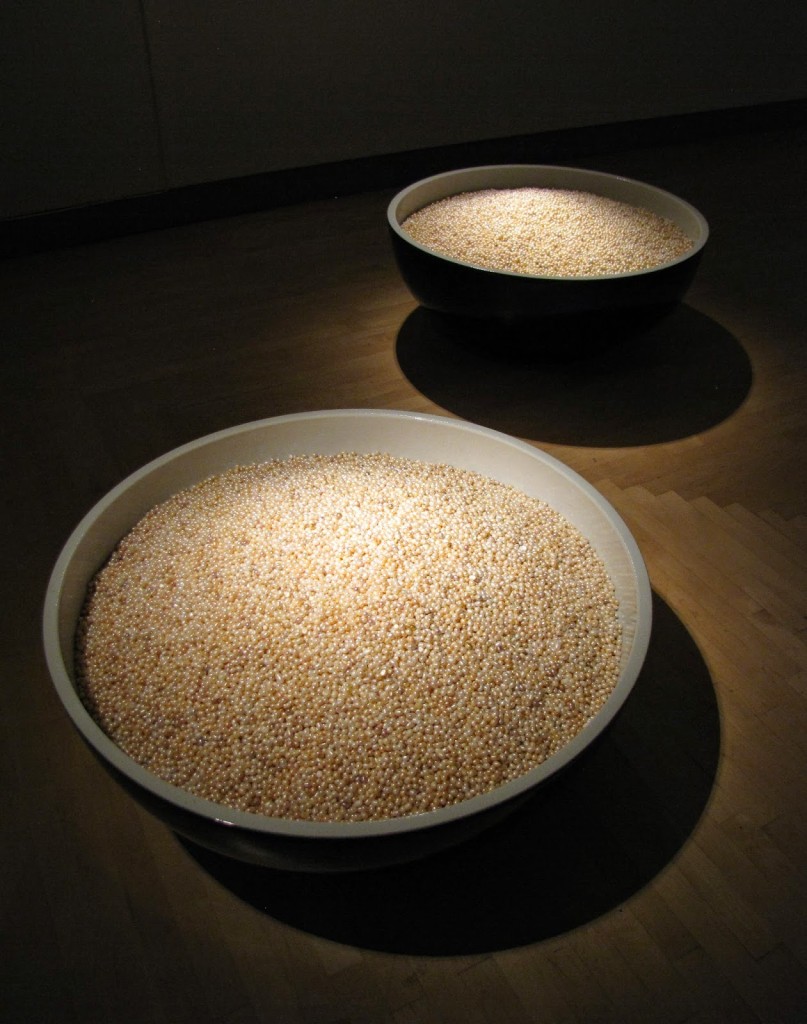

All photos by Renée DeVoe Mertz, May 2–4, 2014.